· So I attempted my first home cooked pad thai a few weeks back I thought I had every essential "authentic" ingredient to nail it preserved radish, dried shrimp, tamarind paste, fish sauce, palm sugar etcIt's the quintessential street food of Thailand and if there's one dish that every visitor will try at some point or another, it's Pad Thai SoTamarind, extracted from the podlike fruits of the tamarind tree, is a sweetsour pulp that tastes similar to lemons and dates It's incredibly versatile – try it in a prawn curry, pad Thai

Pad Thai Sauce Golden Turtle For Chefs
How to make tamarind paste for pad thai
How to make tamarind paste for pad thai- · In a small bowl mix the tamarind paste with the boiling water, Thai fish sauce and sugar Put to one side 3 Heat the oil in a large wok or frying pan and cook the shallots and chillies for 30 seconds then add the prawns and cook for 24 minutes until they have turned pinkIngredients1 block tamarind (package may say seedless)Directions1 Bring a pot of water to boil2 Tear the tamarind block into pieces and place them in a l



Stir Fry Chicken Pad Thai Whiskey Wry
Tamarind paste is made from the tamarind fruit It is mostly used in Asian and Middle Eastern cooking to give a slightly sour flavour to dishes We have located an Asian food supplier in Brussels (see link below) and it may be useful to give them a call to see if they can supply tamarind either instore or via mail order · We have an unremitting and unapologetic love for pad thai We've been having a lot of fun playing around with different recipes for making it at homeOne problem we keep running into, though we have trouble finding tamarind paste where we live Any suggestions for substitutes?The taste of tamarind is completely unique It's that bright sour taste that lingers · How to Make Tamarind Paste 1 Start with Tamarind Pulp Okay, though a bit confusing, tamarind pulp is the starting point for tamarind paste 2 Soak for 30 minutes Place 16 oz of tamarind pulp in a glass bowl and add boiling water just to cover Soak for 30 3 Break Apart Gently break the
· However, most tamarind pastes that you find in grocery stores only have the citrusy base flavor In some parts of Asia, tamarind paste has a sweet or tart flavor This makes Pad Thai flavorful and appetizing The paste is also a great base for stews, marinades, and chutneys Cooking with Tamarind PasteMix the tamarind paste, sugar, fish sauce and crushed chillies with 1 tbsp water;For the pad Thai sauce, mix all of the ingredients together in a small bowl until combined into a smooth sauce For the noodles, discard any mussels with broken shells and any that refuse to
However, pork and beef can Add the sauce and noodles and stirfry225g Folded Rice Noodles 1 bunch spring onions, sliced 2 tbsp Tamarind Paste 1 tbsp Fish Sauce 2 tsp Palm Sugar 5 tbsp Pad Thai Sauce 2 tbsp vegetable oil 1 clove garlic, peeled and chopped 1 red chilli, deseeded and finely chopped 2 medium carrots, cut into thin strips 1 red pepper, deseeded and cut into thin strips 150g baby corn, halved 2 medium eggs, beaten 0g bean sprouts ToSet aside Heat the groundnut oil in a wok over a mediumhigh heat Add the shallots and prawns and cook for 12 minutes until the shallots are just starting to colour
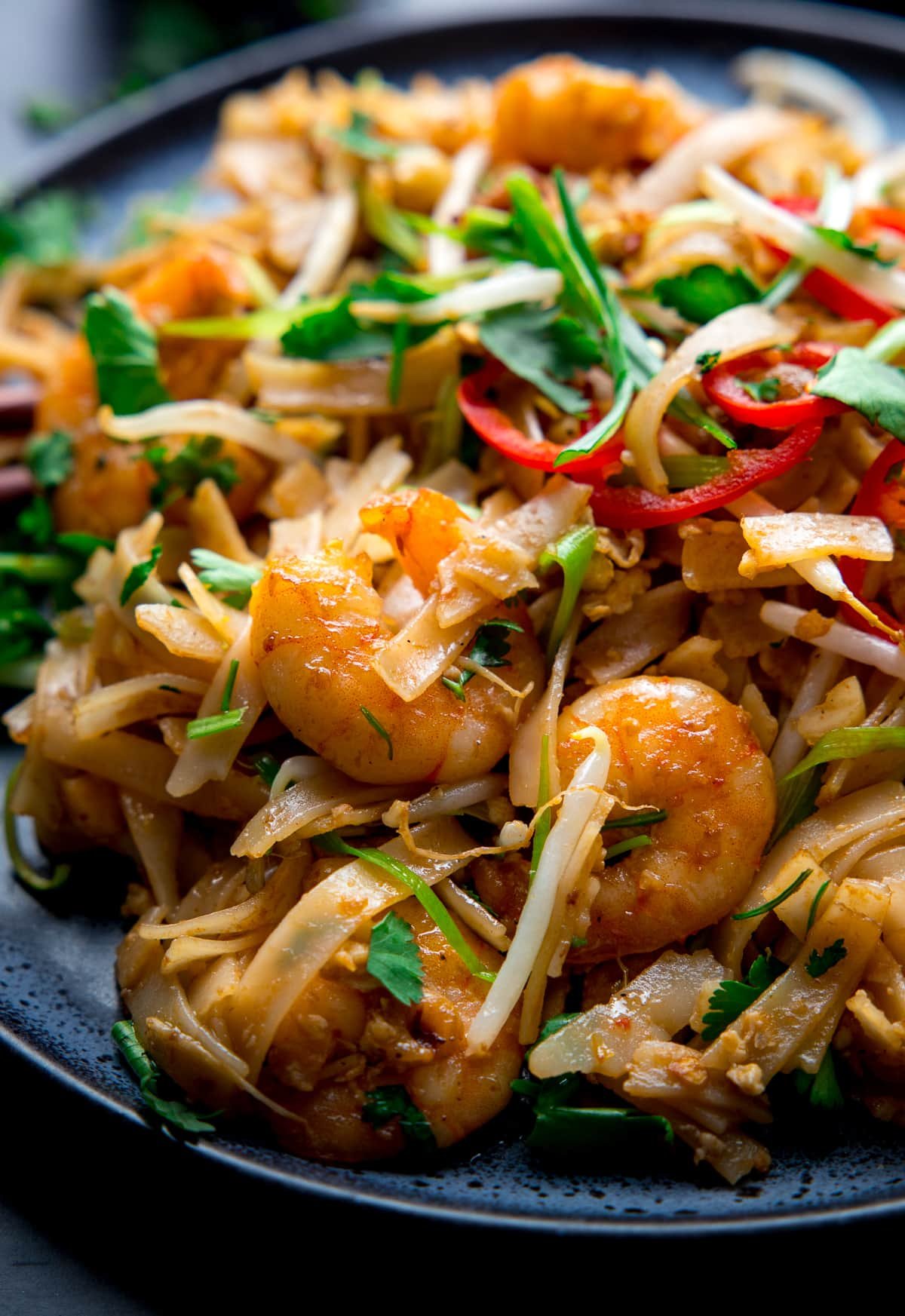


Pad Thai Nicky S Kitchen Sanctuary



Pad Thai Recipe Pad Thai Food Network Recipes Pad Thai Sauce
You can buy processed tamarind for cooking in a few forms tamarind ball (tamarind flesh and seeds without shell), tamarind paste and tamarind sauce Tamarind balls, which is just a ball or block of the shelled fruit, are available at Hispanic and Asian and South Asian markets/07/09 · Pad thai and many other Southeast Asian dishes just wouldn't be the same without a few healthy spoonfuls of sweetsour tamarind For the most part, we use blocks of tamarind pulp when this ingredient is called for, and these require a little extra prep work before going into the pot Here's what we do!These blocks of tamarind pulp are the tamarind fruit pods stripped ofIn this video I show you how to do it and how t
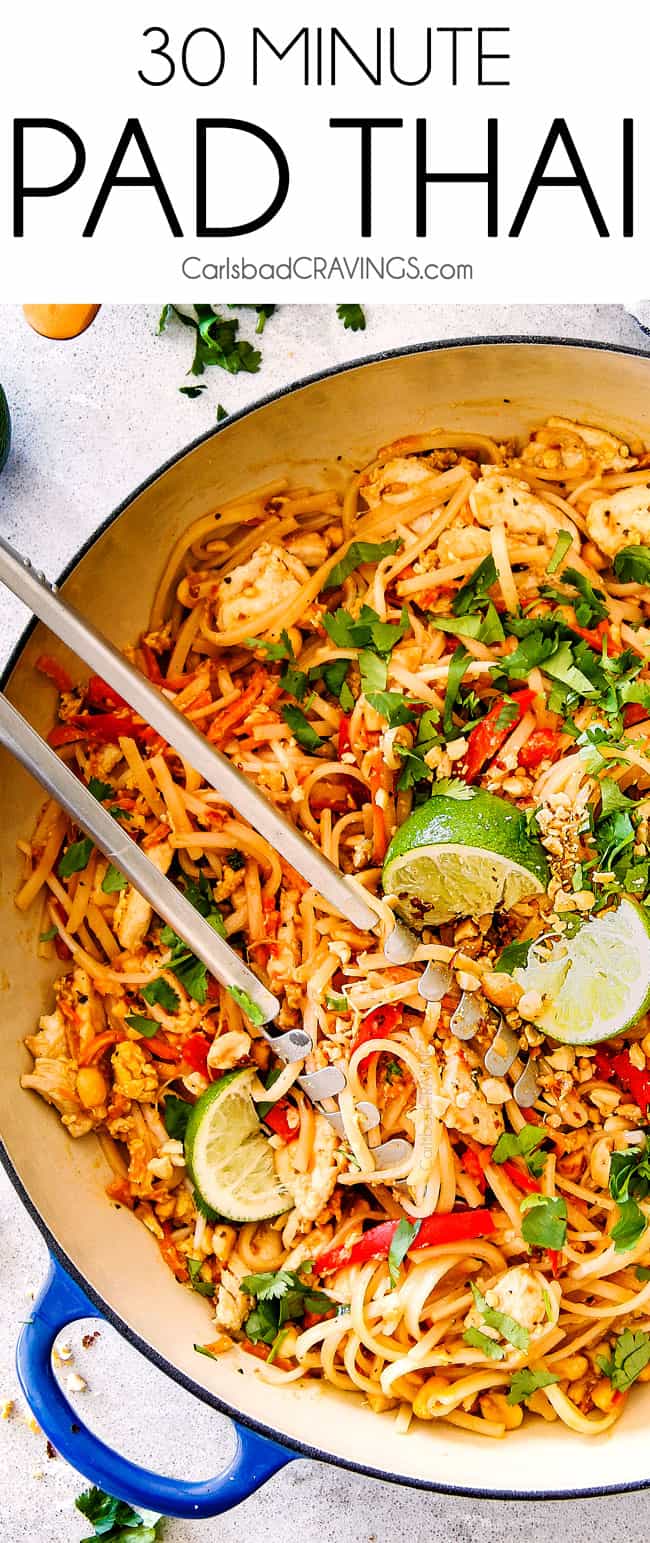


Best Ever Chicken Pad Thai Video With Pantry Friendly Ingredients


Pad Thai Savored Grace
All about Tamarind Paste, a staple in every Thai kitchen !Extracted from the pod of the tamarind trees, this paste is used in Asian dishes to add a superb tangy and sour flavour Use instead of lime juice in Thai dishes for an authentic flavour Real Thai, Real simple, For Thai curries or stirfry's, Highly versatile, Gluten free, No MSG, No artificial colours, flavourings or preservatives, Suitable for vegetarians & vegansHere is how to use it Cook or soak rice noodles until slightly firm They will finish cooking in the pan Stirfry other ingredients Chicken, shrimp, and tofu are the most common protein choices;



Amazon Com Neeras Tamarind Paste 5 Ounce Indian Seasonings Grocery Gourmet Food



Pad Thai Sauce Inquiring Chef Pad Thai Sauce Thai Sauce Pad Thai
· Start by combining all the Pad Thai sauce ingredients and mixing/whisking them together vegetable broth (or chicken broth), tamarind paste, fish sauce (or broth if you are subbing), soy sauce, brown sugar, creamy peanut butter, garlic, fresh minced ginger and red pepper flakes Set the sauce asideAn authentic pad thai, made delicious with palm sugar, tamarind, roasted peanuts and much, much more Tamarind purée is an important element in pad thaiand, along with the palm sugar and shrimp paste, gives this dish an authentic Thai flavourDelicious, fresh, super flavorful tamarind paste ready to use!



Authentic Chicken Pad Thai Recipe Christie At Home
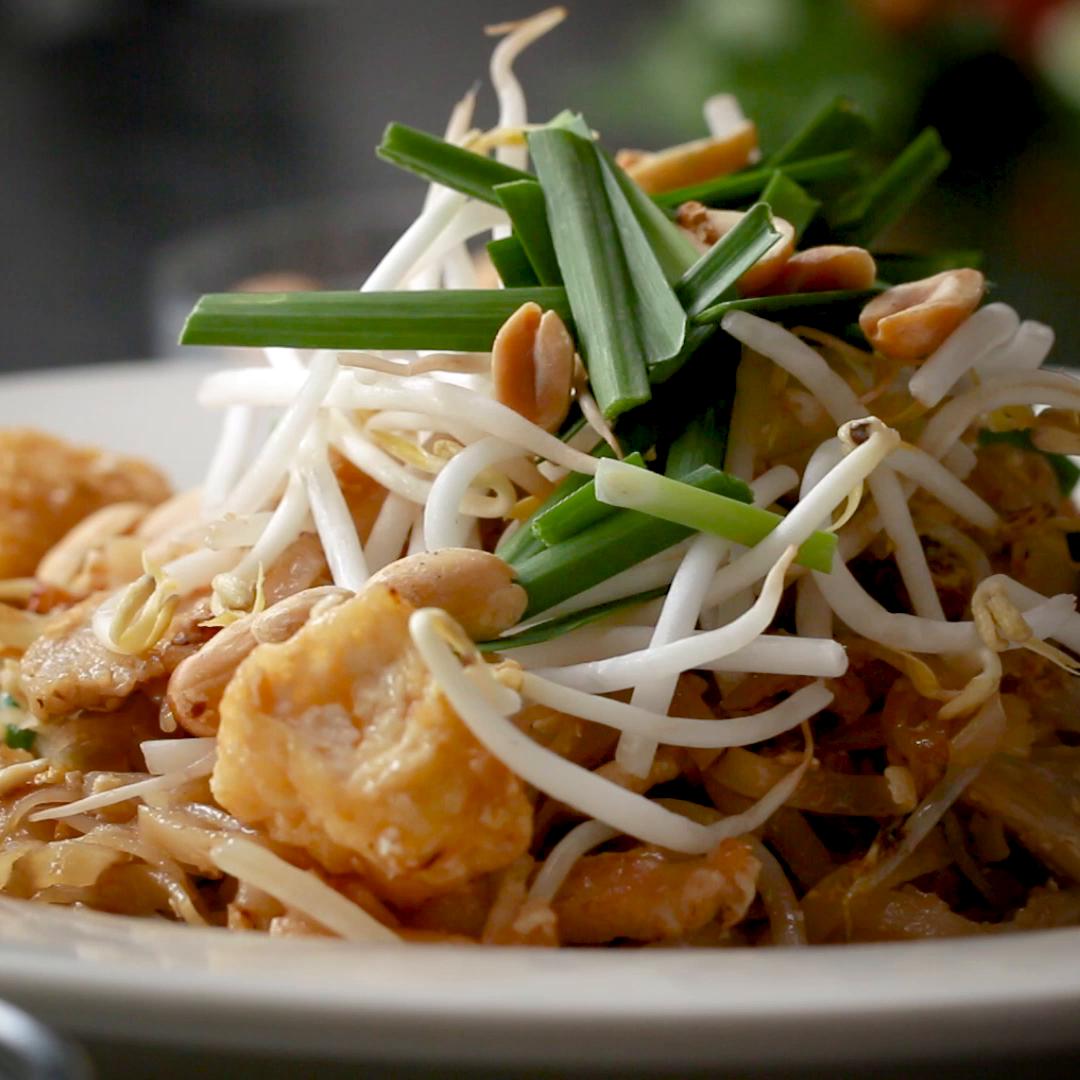


Classic Pad Thai Recipe By Tasty
· 4 Massage the tamarind for a min 5 Pour the mixture (in batches) through a sieve and into another bowl Use a spoon to press through and to scrape the bottom of the sieve 6 Transfer the mixture to a pot on medium high heat and cook for 58min stirring constantly 7 Transfer the paste to a glass container and keep in the fridge up to several · Pim Techamuanvivit's pad thai Punyaratabandhu recommends a large, flat pan for optimal results the larger surface area encourages evaporation, which is "key to creating noodle strands that areTo make tamarind paste from tamarind pulp is easy and tastes so much better than prepade paste sold in jars!



Pad Thai Recipe Pad Thai Sauce Pad Thai Recipe Pad Thai



How To Prepare Tamarind Pulp
· Place the soy sauce, coconut sugar, tamarind paste, sriracha and water into a small bowl and whisk together Heat the oil in a nonstick frying pan or wok over mediumhigh heat Add the tofu and fry for 5 minutes or until golden Add the shallots and carrot and fry for 2 minutes


Zoodle Pad Thai With Tamarind Roasted Chickpeas Vegetarian Cravings In Amsterdam
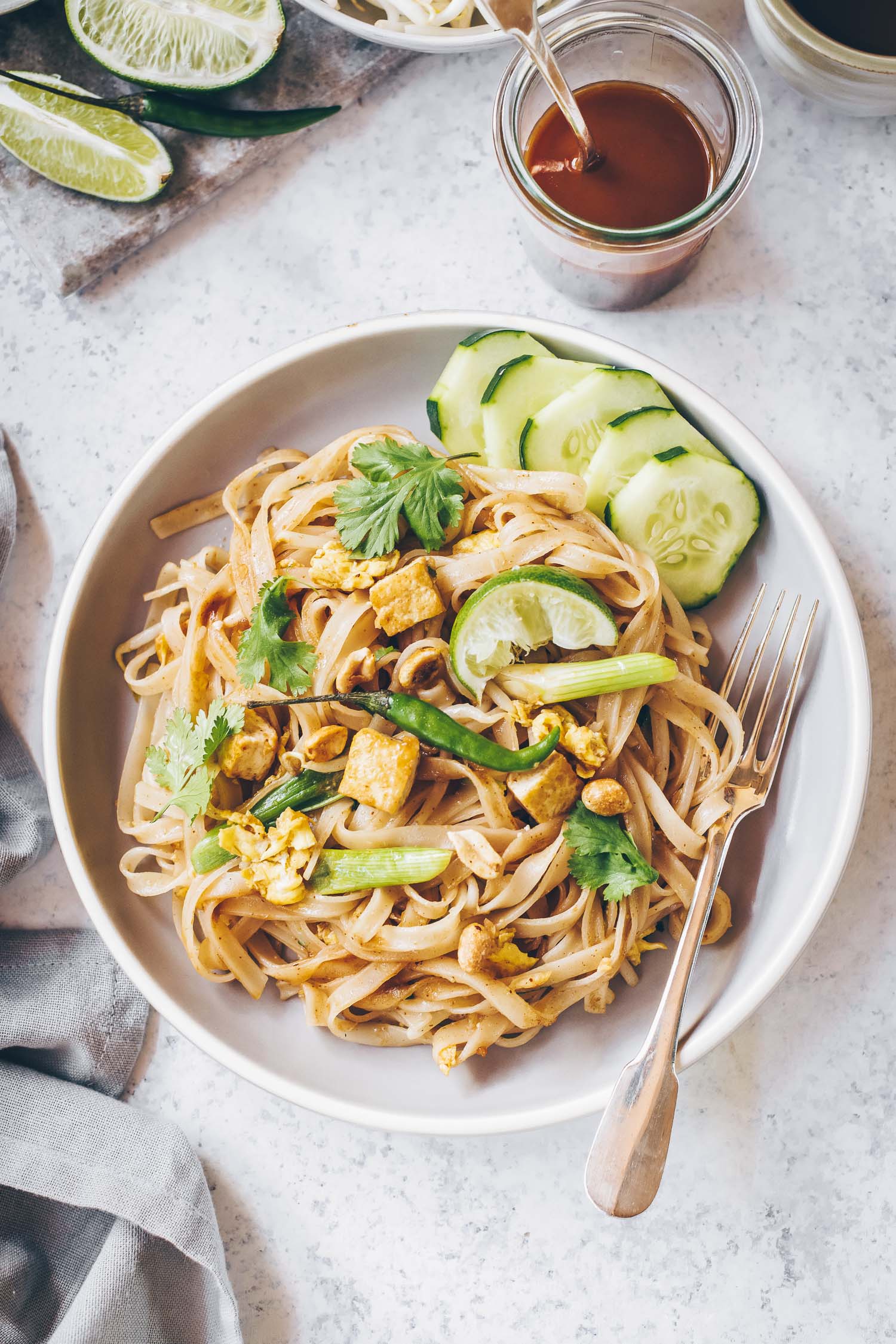


Classic Pad Thai Lemons Anchovies
:max_bytes(150000):strip_icc()/chicken-pad-thai-without-tamarind-3217100-step-03-0a9514bc983b4039a0ab23145a129278.jpg)


Easy Chicken Pad Thai Noodles Recipe
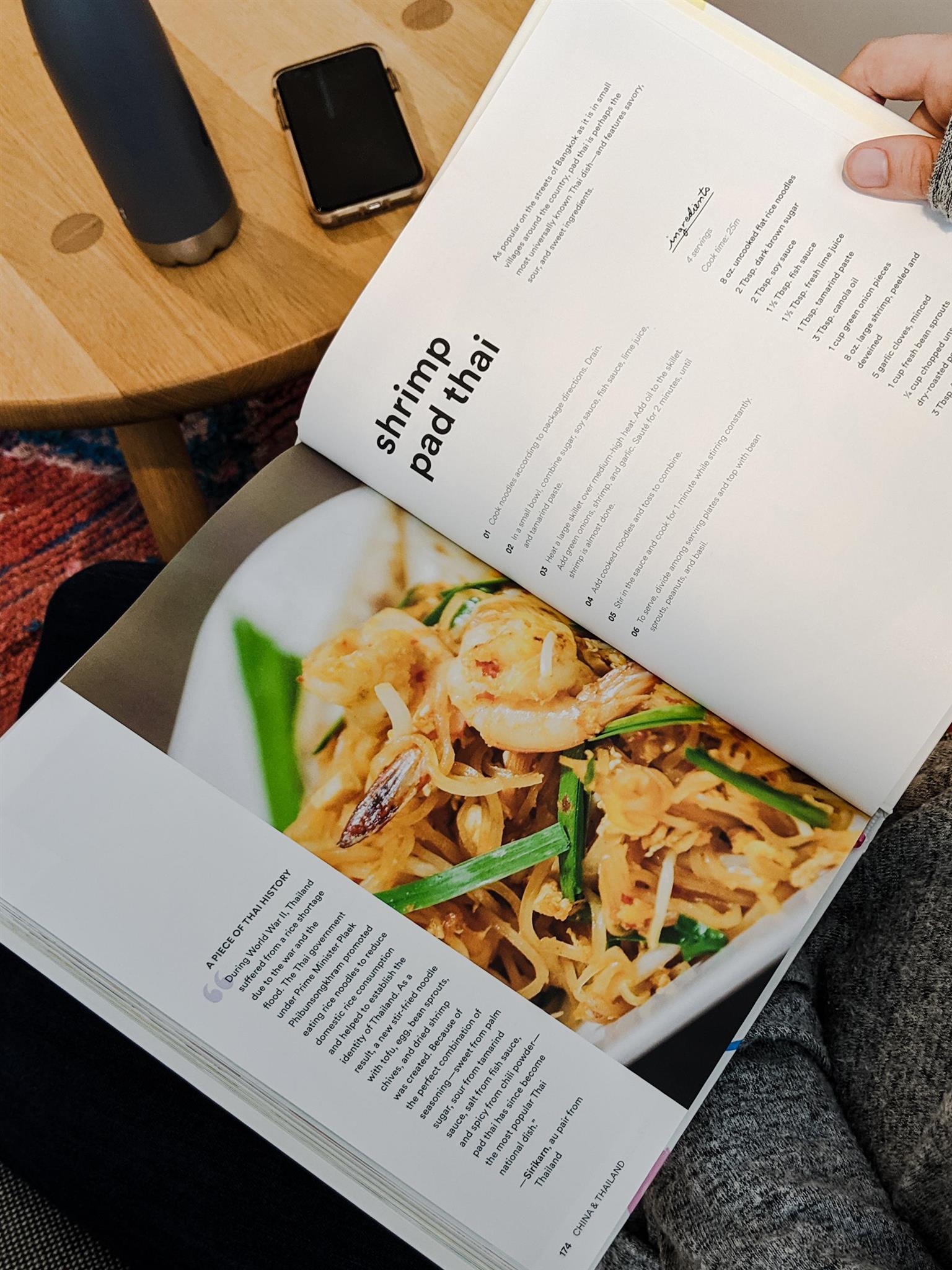


Simple Weeknight Shrimp Pad Thai Recipe The Local Moms Network



This Is The Best Pad Thai Sauce You Can Make In 10 Minutes Flat Recipe Pad Thai Sauce Tamarind Recipes Pad Thai



Amazon Com A Taste Of Thai Pad Thai Sauce 26 Ounce Tub Gourmet Sauces Grocery Gourmet Food



Pad Thai Sauce Golden Turtle For Chefs



Pad Thai Sauce Mae Pranom Mae Ploy Brands Importfood



Tamarind Paste My Pocket Kitchen Recipe In 21 Tamarind Paste Tamarind Sour Candy



Pad Thai Tamarind Paste Page 1 Line 17qq Com
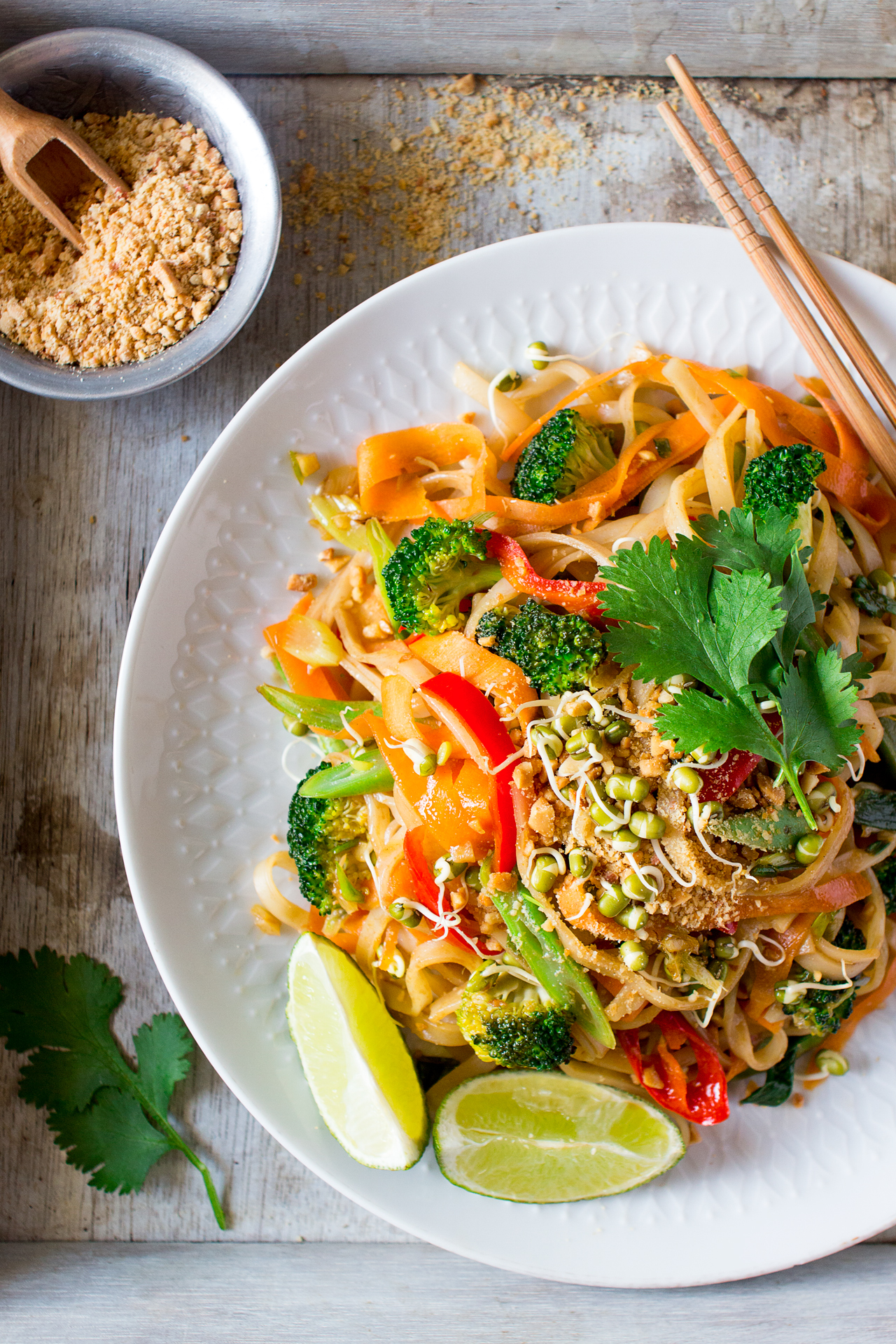


Vegan Pad Thai Lazy Cat Kitchen



Watcharee S Pad Thai Sauce 13oz Snuk Foods The Global Grocery
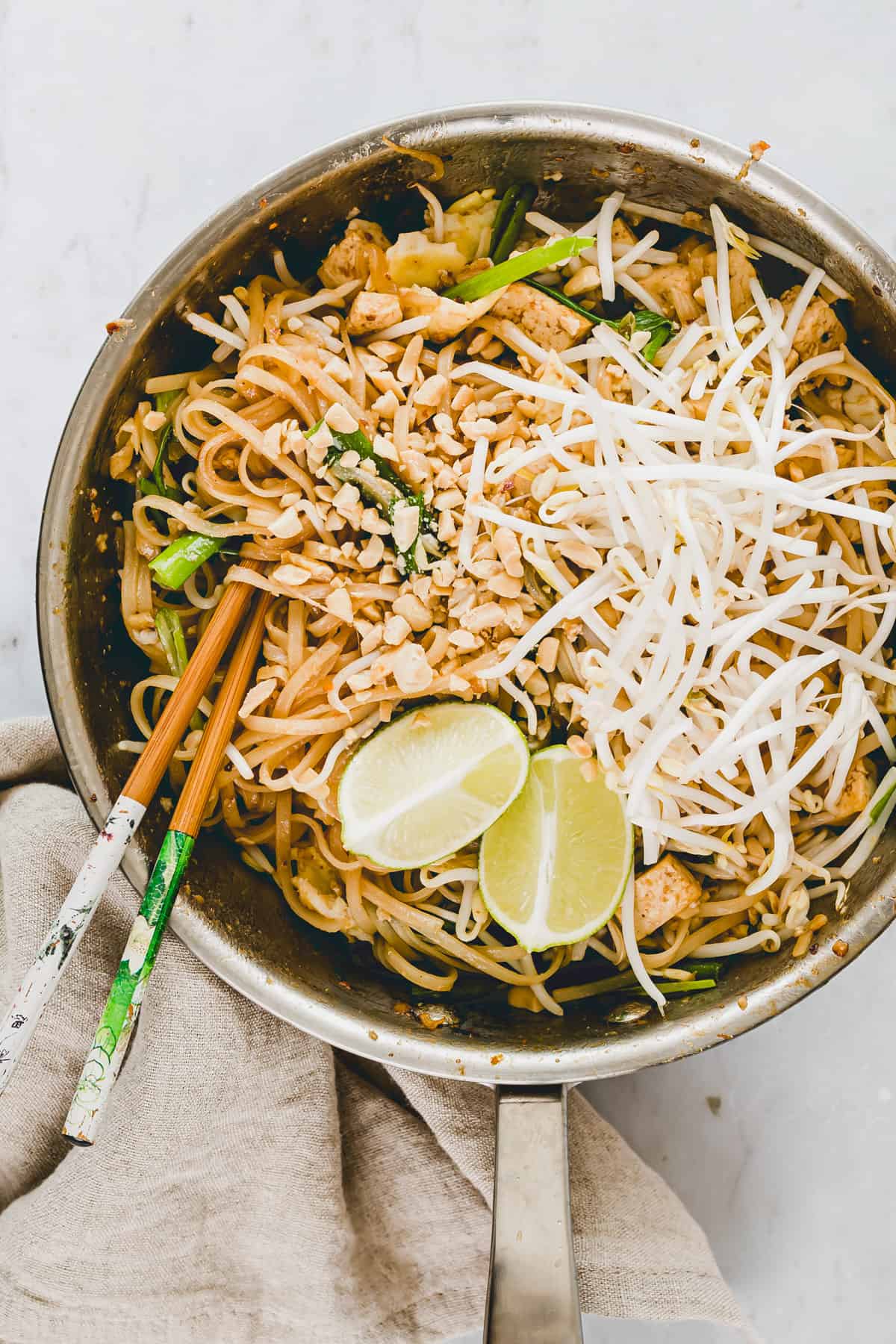


Vegetarian Pad Thai Recipe The Best Aline Made
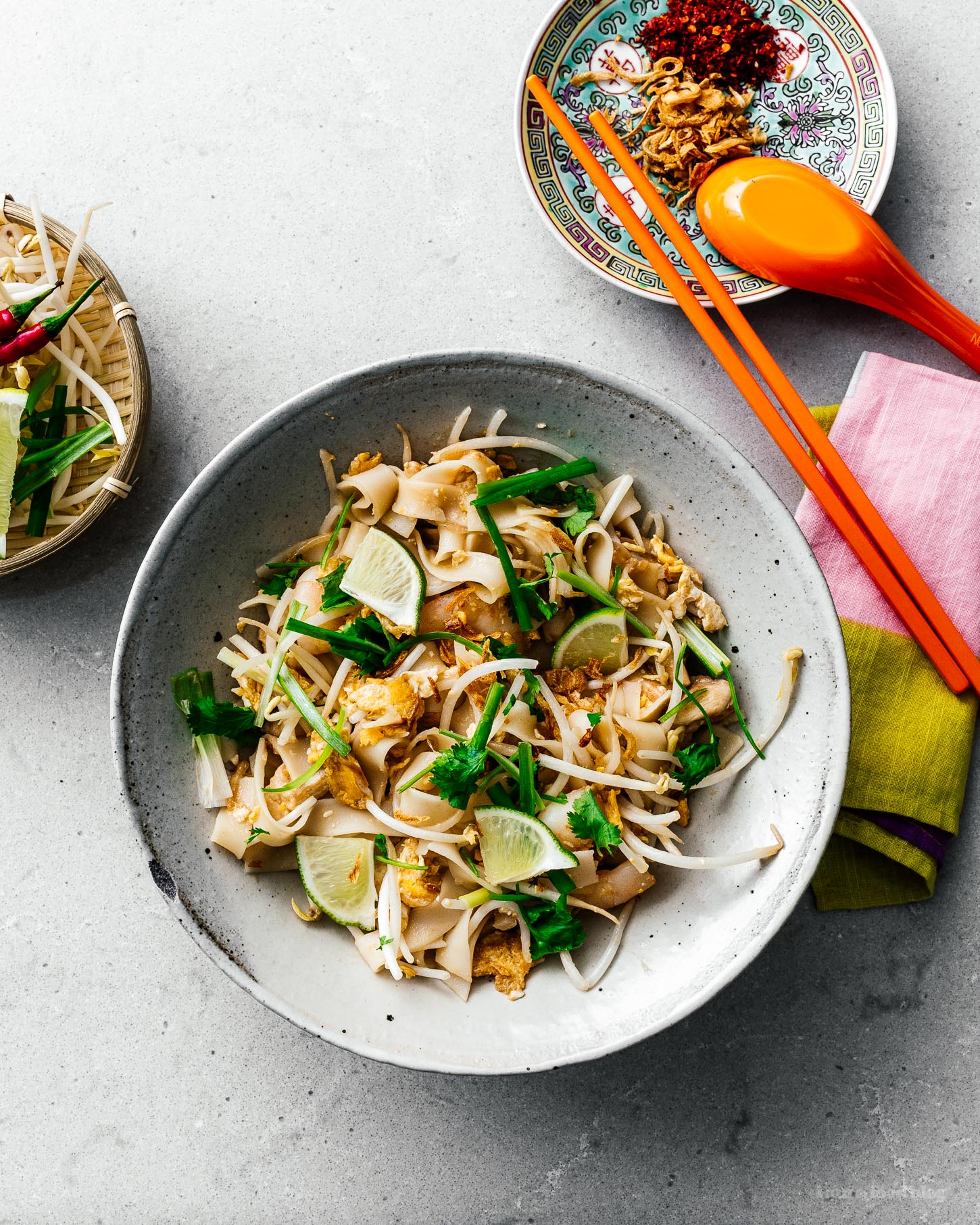


Better Than Take Out Peanut Free Pad Thai Recipe I Am A Food Blog



Pad Thai W Tamarind Almond Chile Sauce Rouxbe Online Culinary School



Best Pad Thai Recipe With Tamarind Page 1 Line 17qq Com



Pad Thai Sauce Vegan Thai Stir Fry Quick Meal Thai Taste



Shrimp Pad Thai Recette Magazine



Spaghetti Squash Pad Thai Peanut Butter And Fitness


Pure Organic Tamarind Paste Concentrate Sweet And Sour Sauce For Indian Chutney And Thai Curry Gluten Free No Sugar Added Glass Jar Shopee Malaysia



10 Quick And Easy Pad Thai Hacks That Ll Make You Forget Takeout Exists Sheknows
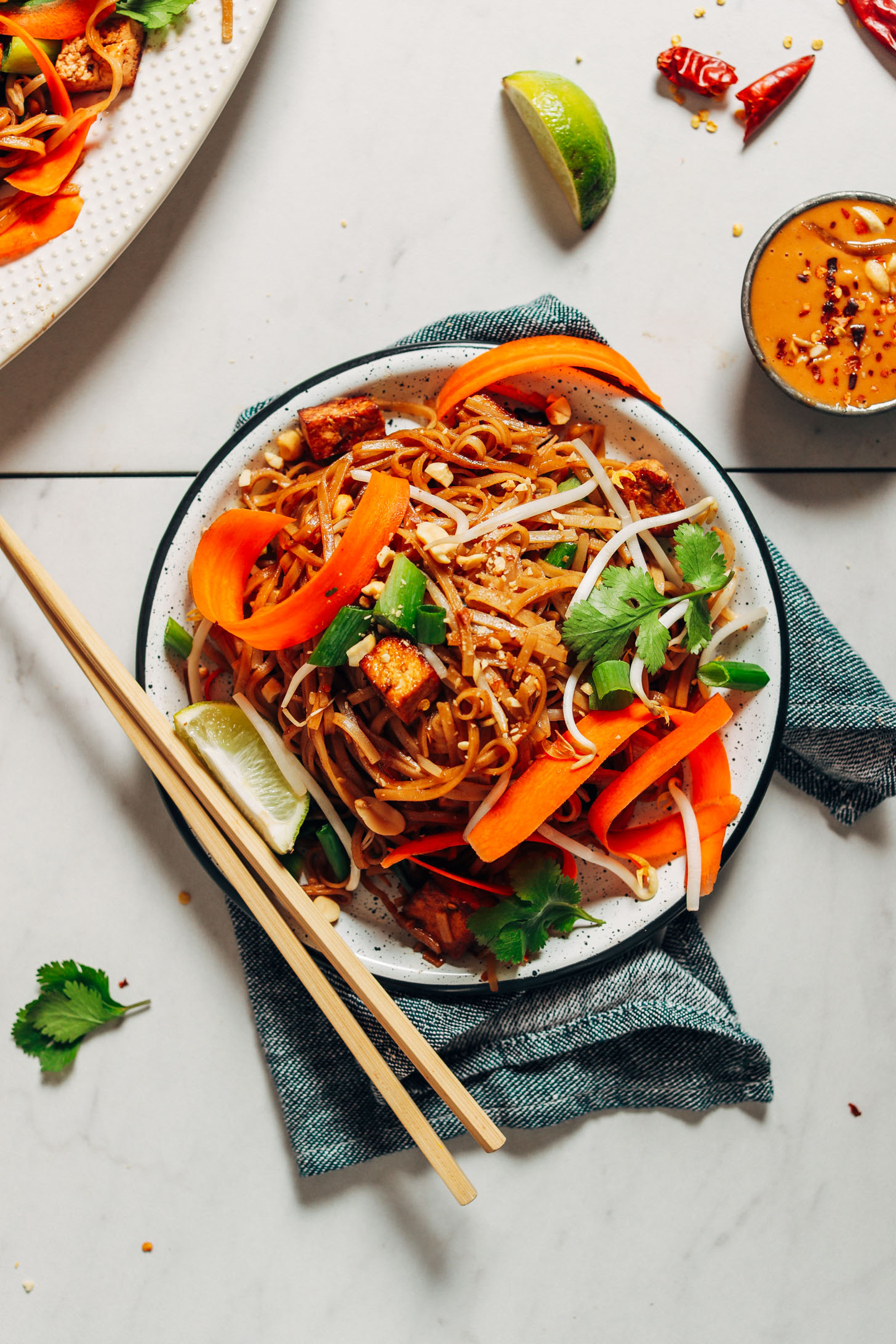


Easy Tofu Pad Thai Vegan Minimalist Baker Recipes



Padthai Thai Style Image Photo Free Trial Bigstock



Pad Thai Cooking Sauce



Shorts Pad Thai Sauce Without Fish Sauce Without Tamarind Paste Recipe Thai Food L Tasty Food Youtube



Real Thai Pad Thai Sauce 170 Ml Amazon In Grocery Gourmet Foods
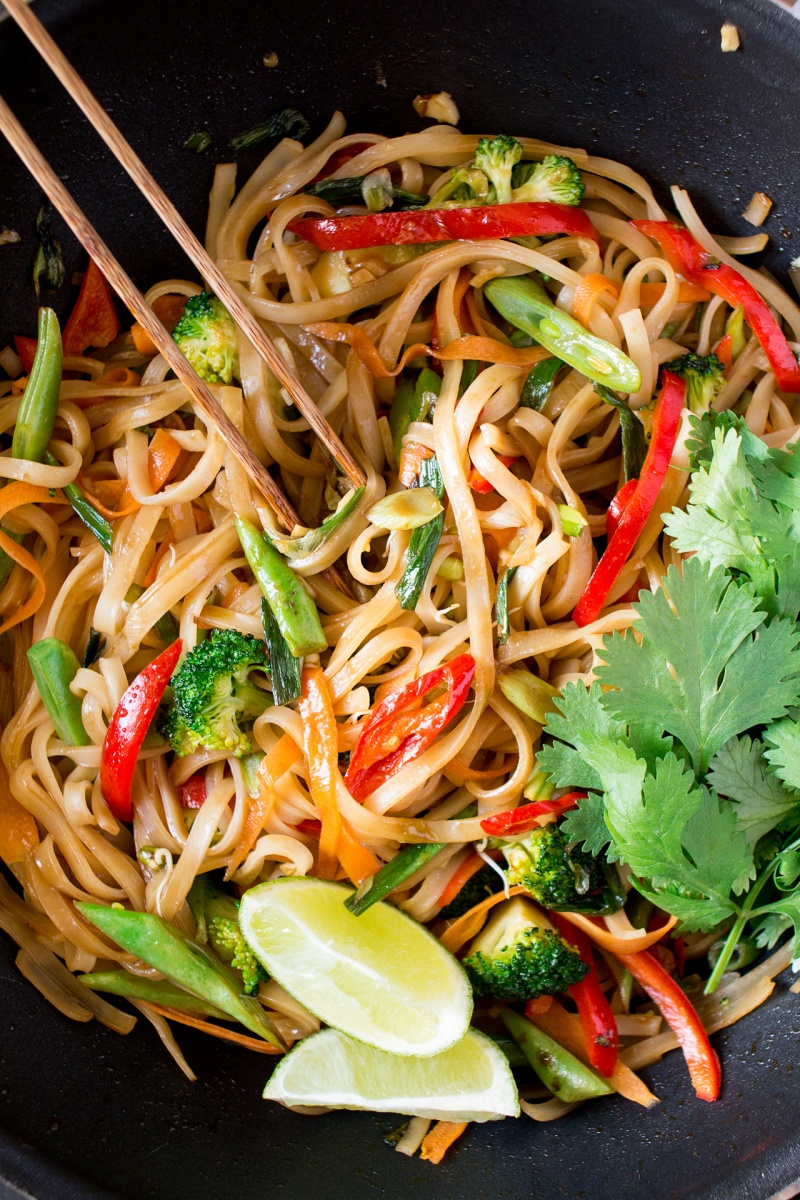


Vegan Pad Thai Lazy Cat Kitchen



Homemade Pad Thai Life Made Simple



Dr Foo S Tamarind Pad Thai Stir Fry Sauce 14 5oz Fischer Wieser
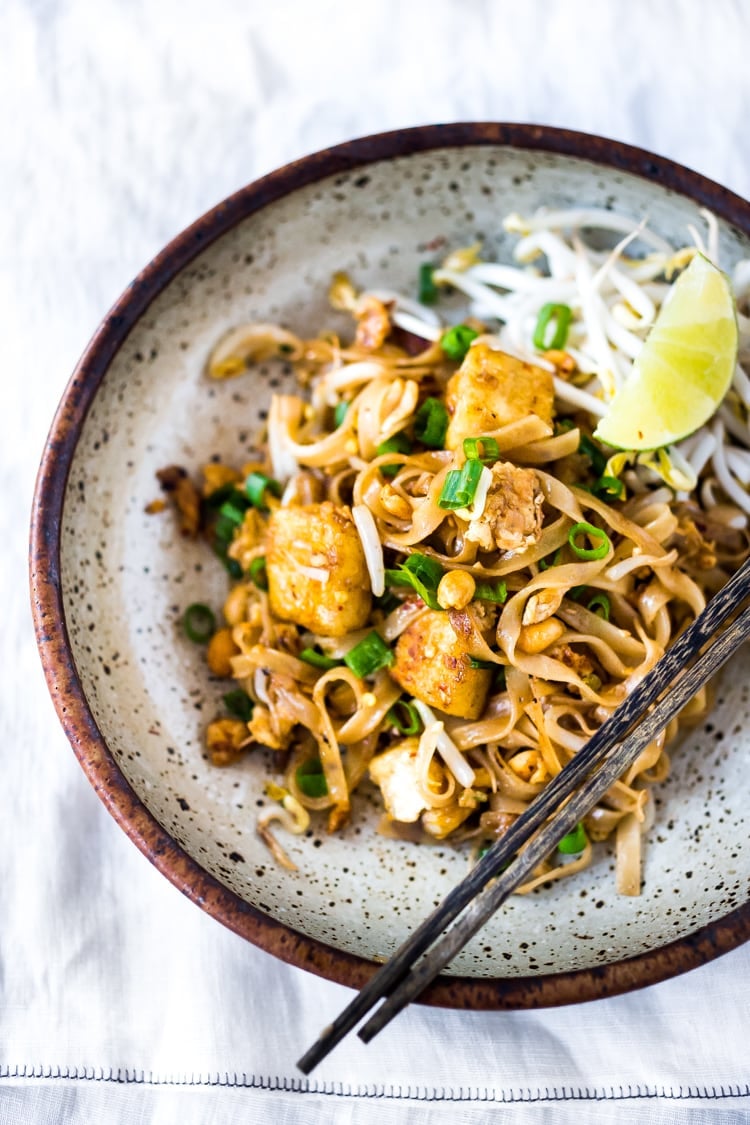


Best Ever Pad Thai Recipe Chicken Shrimp Or Tofu



Tamarind Paste For Pad Thai Page 1 Line 17qq Com



Pad Thai Sauce Bear Naked Food



Pad Thai Sauce Easy 4 Ingredient Inquiring Chef



Pad Thai Ramen Soup Plantifully Based



Easy Pad Thai Sauce Recipe In 21 Pad Thai Sauce Sauce Recipes Pad Thai


4 Ingredient Vegan Pad Thai Sauce Evergreen Kitchen
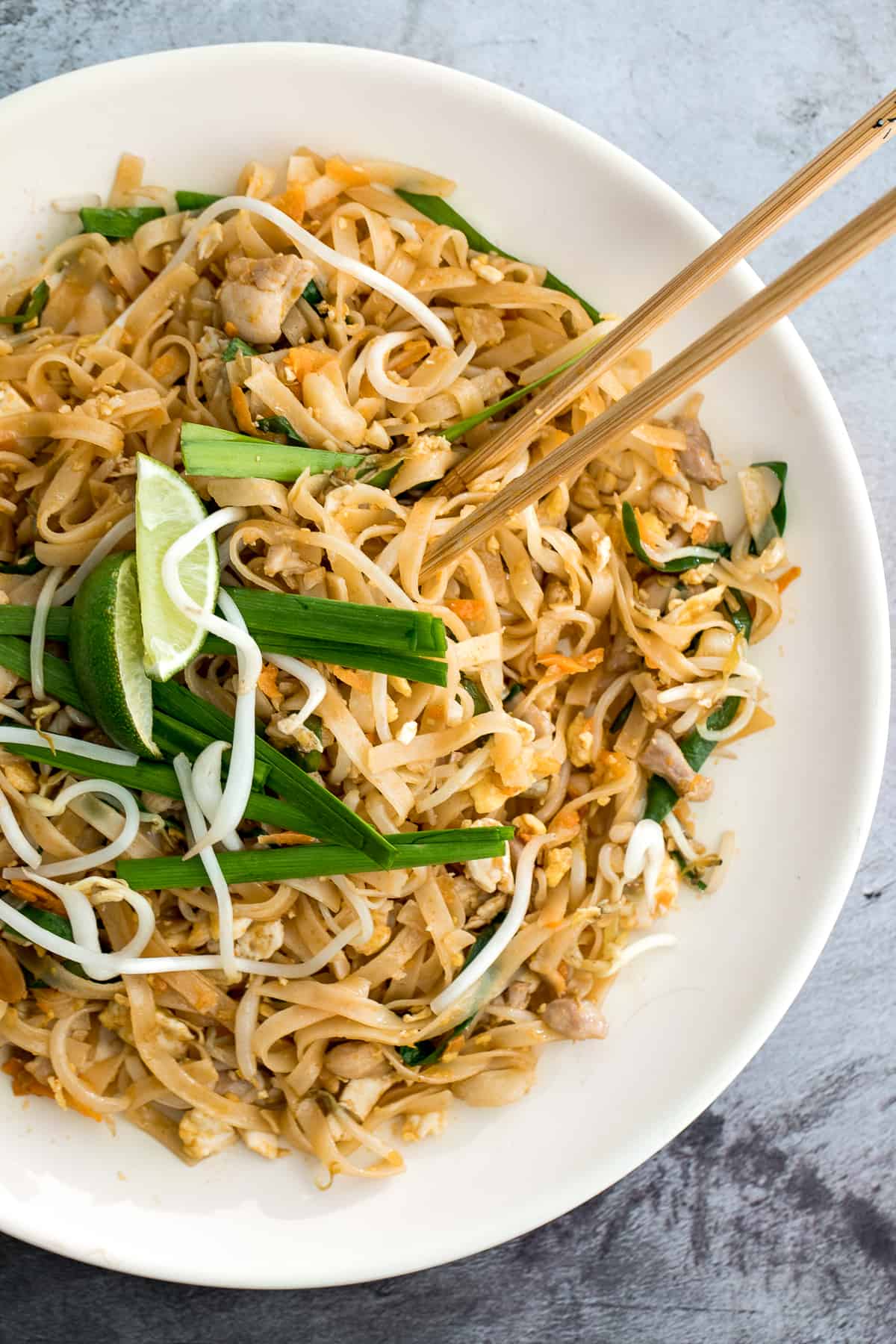


10 Minute Chicken Pad Thai Ahead Of Thyme



Pad Thai Wikipedia



The Best Authentic Pad Thai Recipe Video Hot Thai Kitchen



Stir Fry Chicken Pad Thai Whiskey Wry


Zoodle Pad Thai With Tamarind Roasted Chickpeas Vegetarian Cravings In Amsterdam
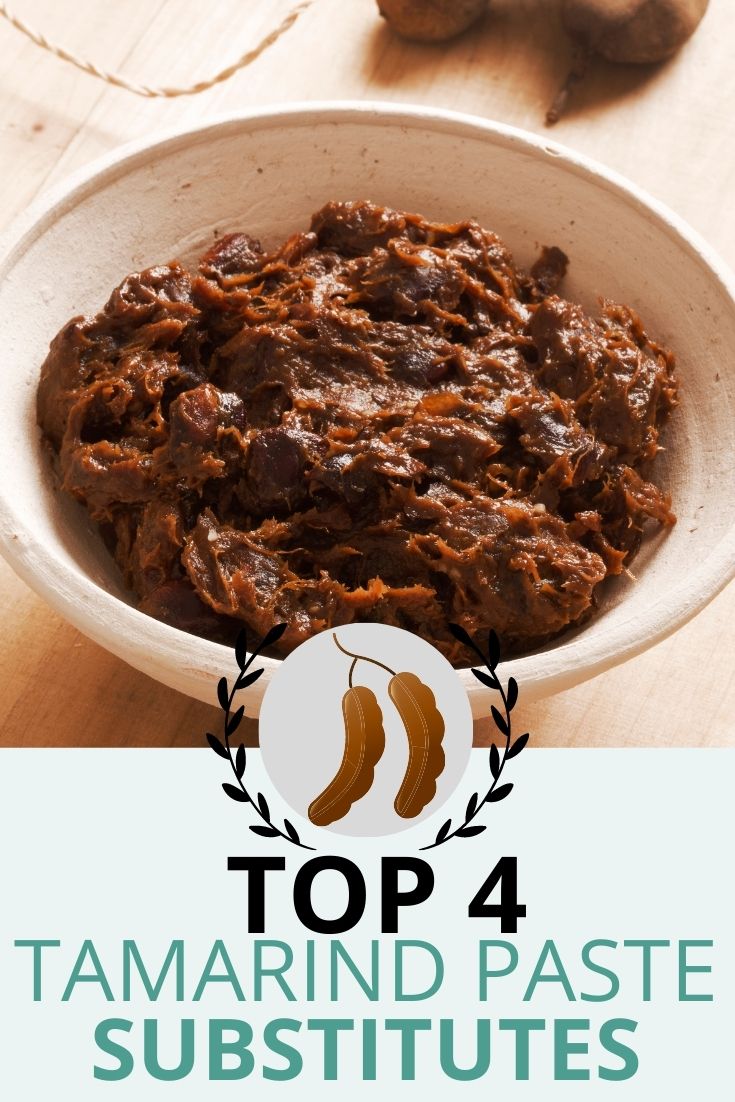


Top 4 Tamarind Paste Substitutes For Your Cooking Recipe Recipe Marker



Healthy Pad Thai Delicious And Authentic Holistic Foodie
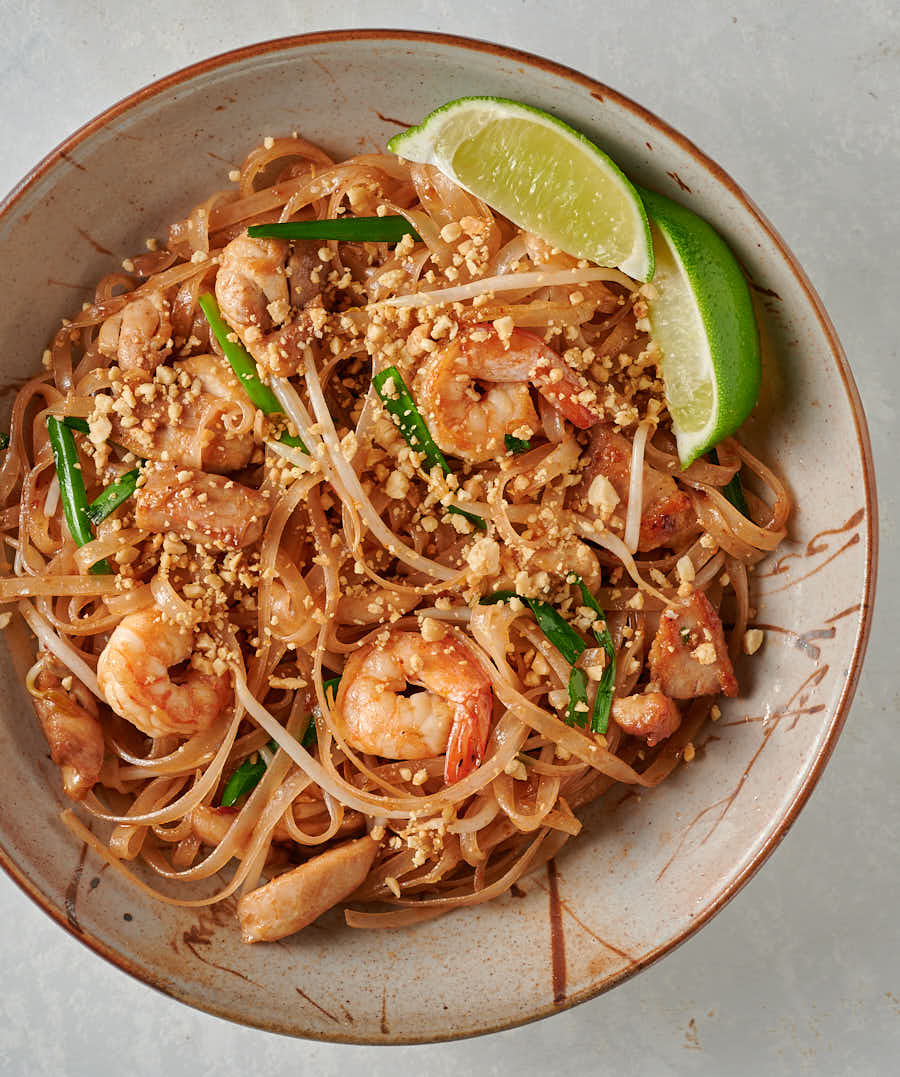


Easy Pad Thai Glebe Kitchen



Sauce Pad Thai Por Kwan 225g



Healthy Pad Thai Delicious And Authentic Recipe Asian Recipes Vegetarian Recipes Vegan Recipes Easy


Shortcut Pad Thai



Valcom Paste Pad Thai 240g Woolworths
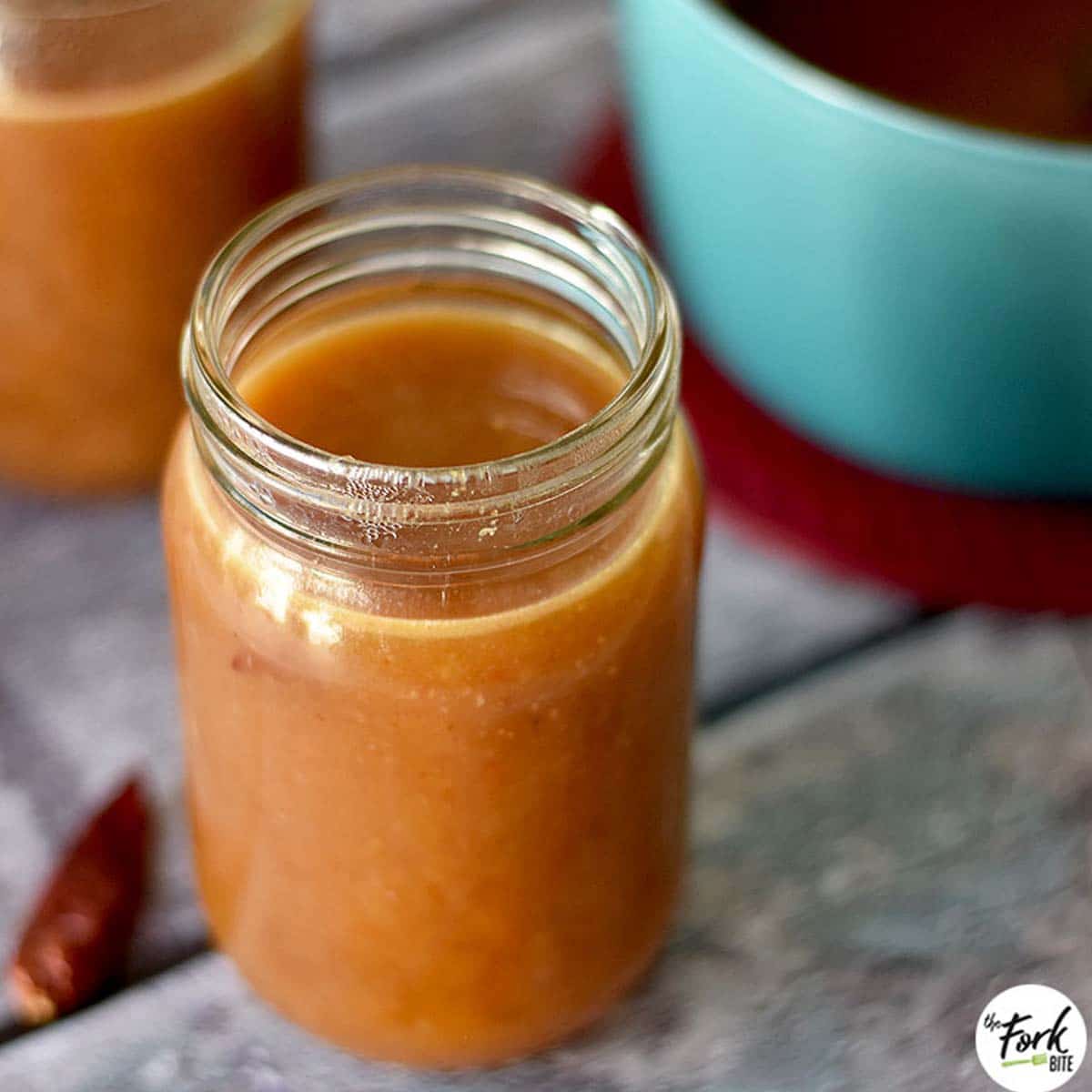


Pad Thai Sauce The Fork Bite
:max_bytes(150000):strip_icc()/chicken-pad-thai-without-tamarind-3217100-hero-01-6bc5a0a9d3e24bb0967a415b46c543d6.jpg)


World S Best Pad Thai Noodle Recipes



Quick Yummy And Ohmygoodness Healthy Recipes Shrimp And Tofu Pad Thai



Chicken And Shrimp Pad Thai Thrueat
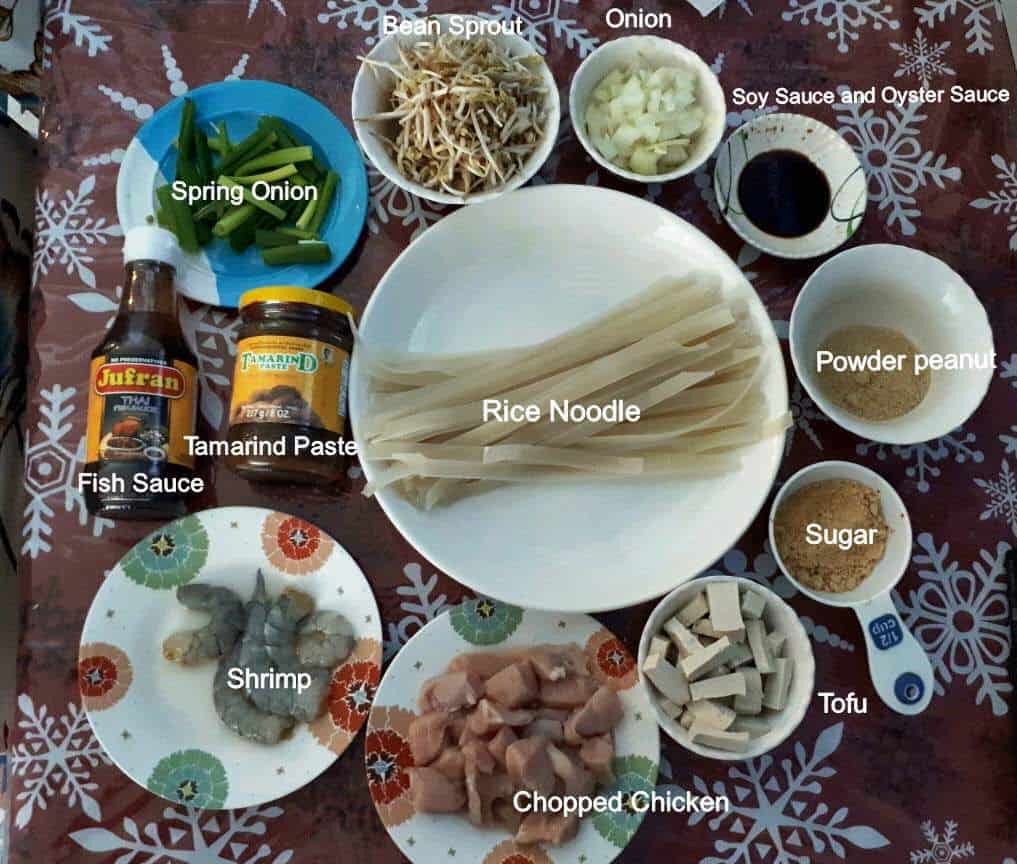


Easy Chicken Pad Thai Recipe The Odehlicious



Healthy Pad Thai Delicious And Authentic Holistic Foodie
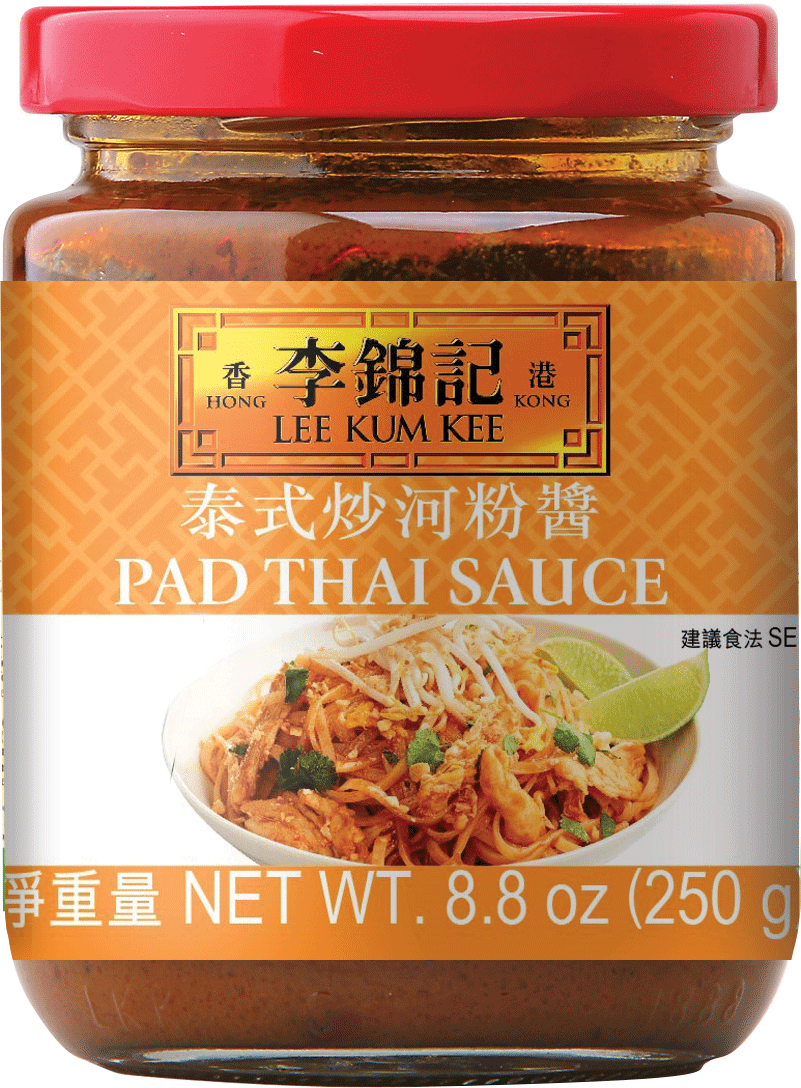


Pad Thai Sauce Usa
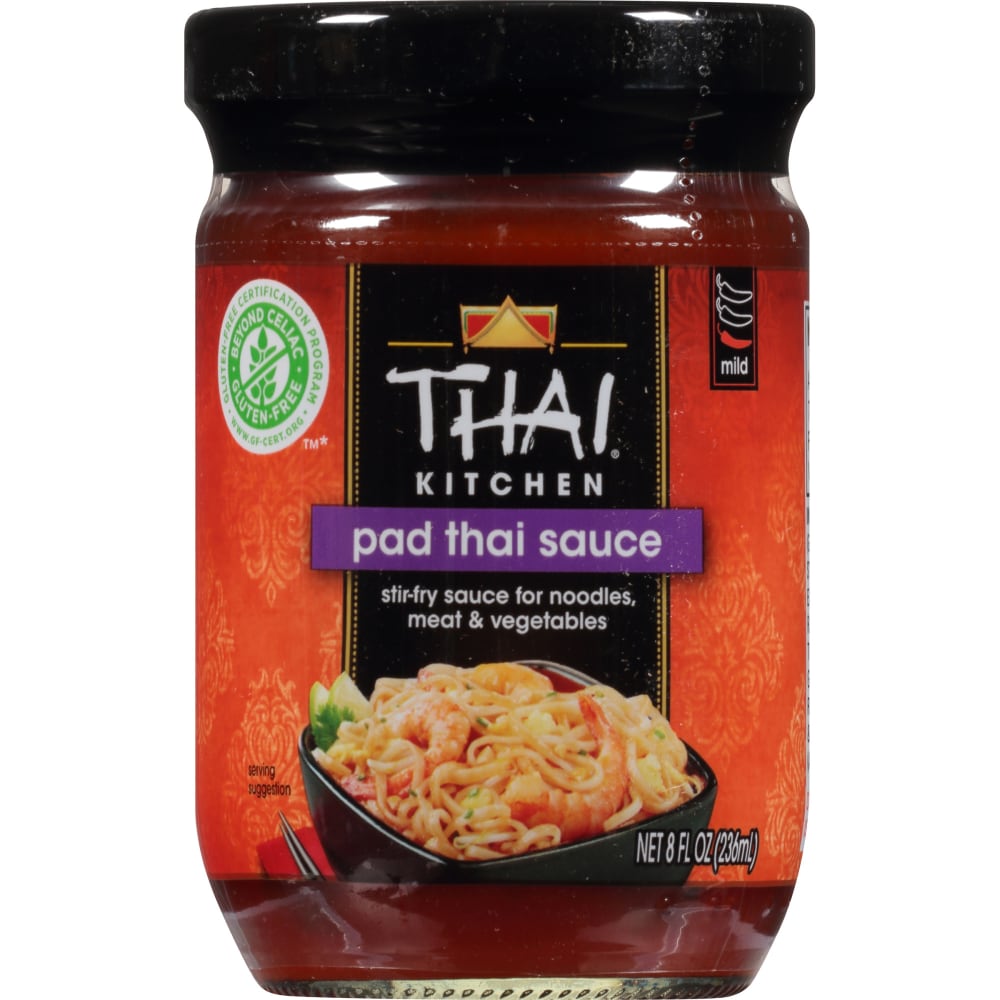


Thai Kitchen Gluten Free Original Pad Thai Sauce 8 Fl Oz Smith S Food And Drug



Thai Kitchen Sauce Pad Thai 8 Oz Asian Sauces Meijer Grocery Pharmacy Home More
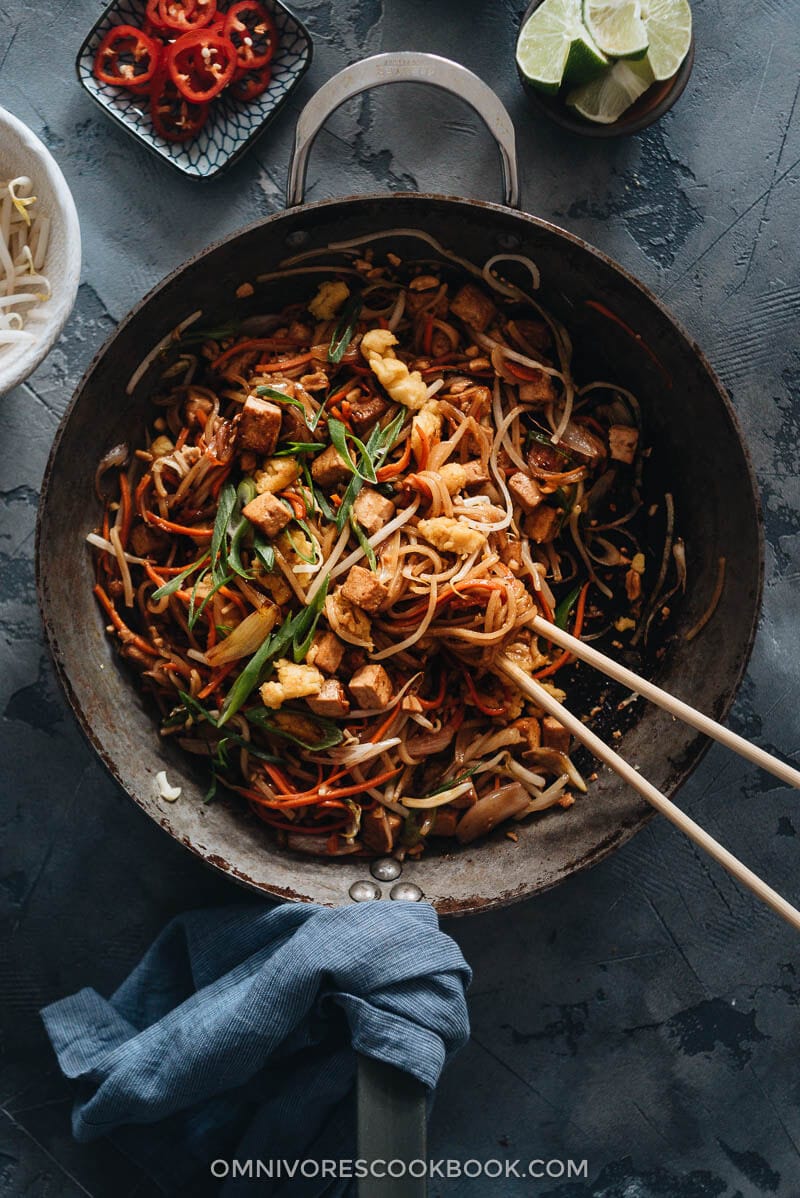


Vegan Pad Thai Omnivore S Cookbook
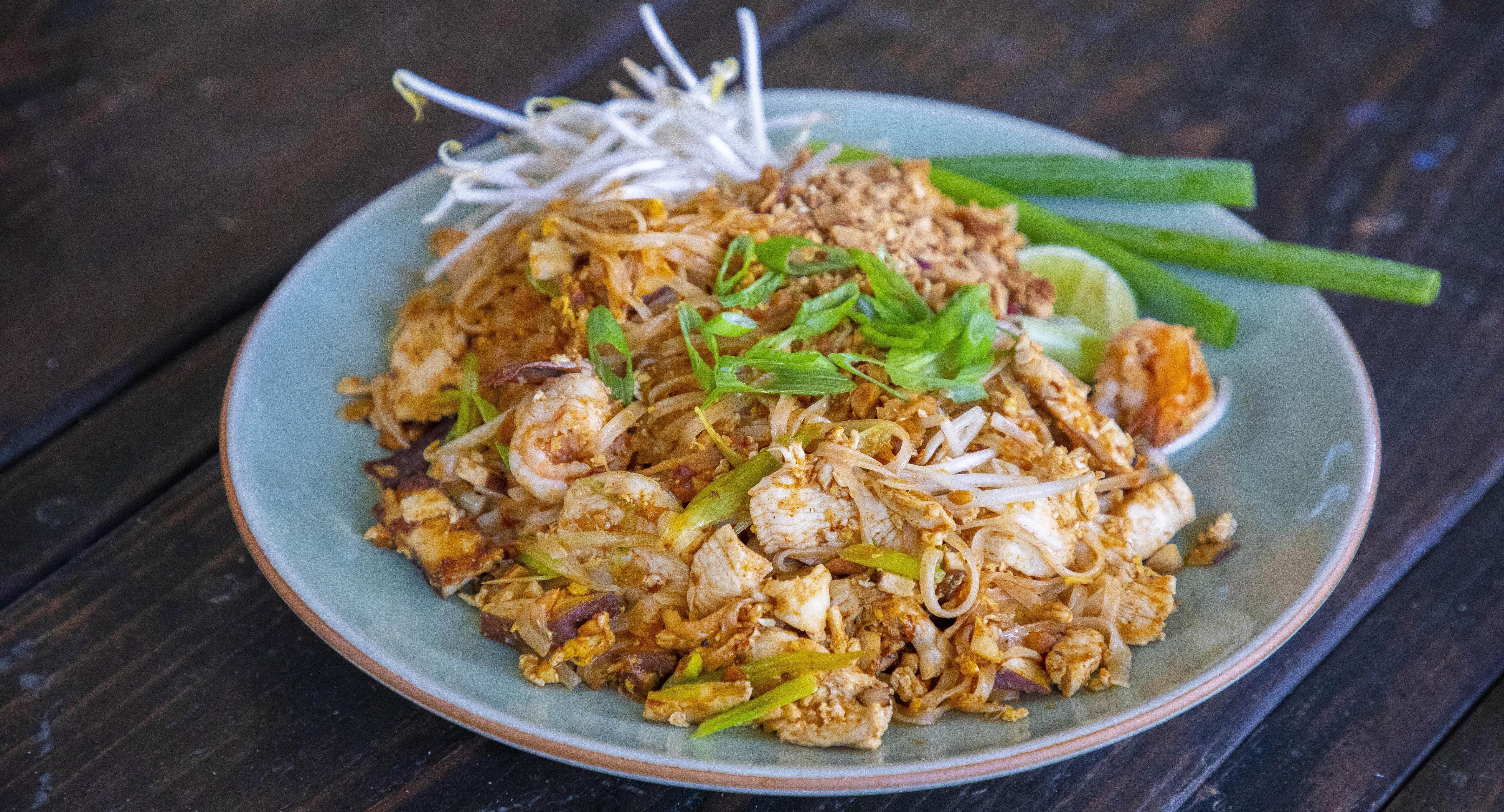


Jet Tila S Pad Thai Recipe



Authentic Pad Thai Sauce Recipe Youtube
/pad-thai-sauce-recipe-3217195-hero-01-1fd957dbdaf344dc9d07233dc6b79fcd.jpg)


Pad Thai Sauce Recipe With Tamarind
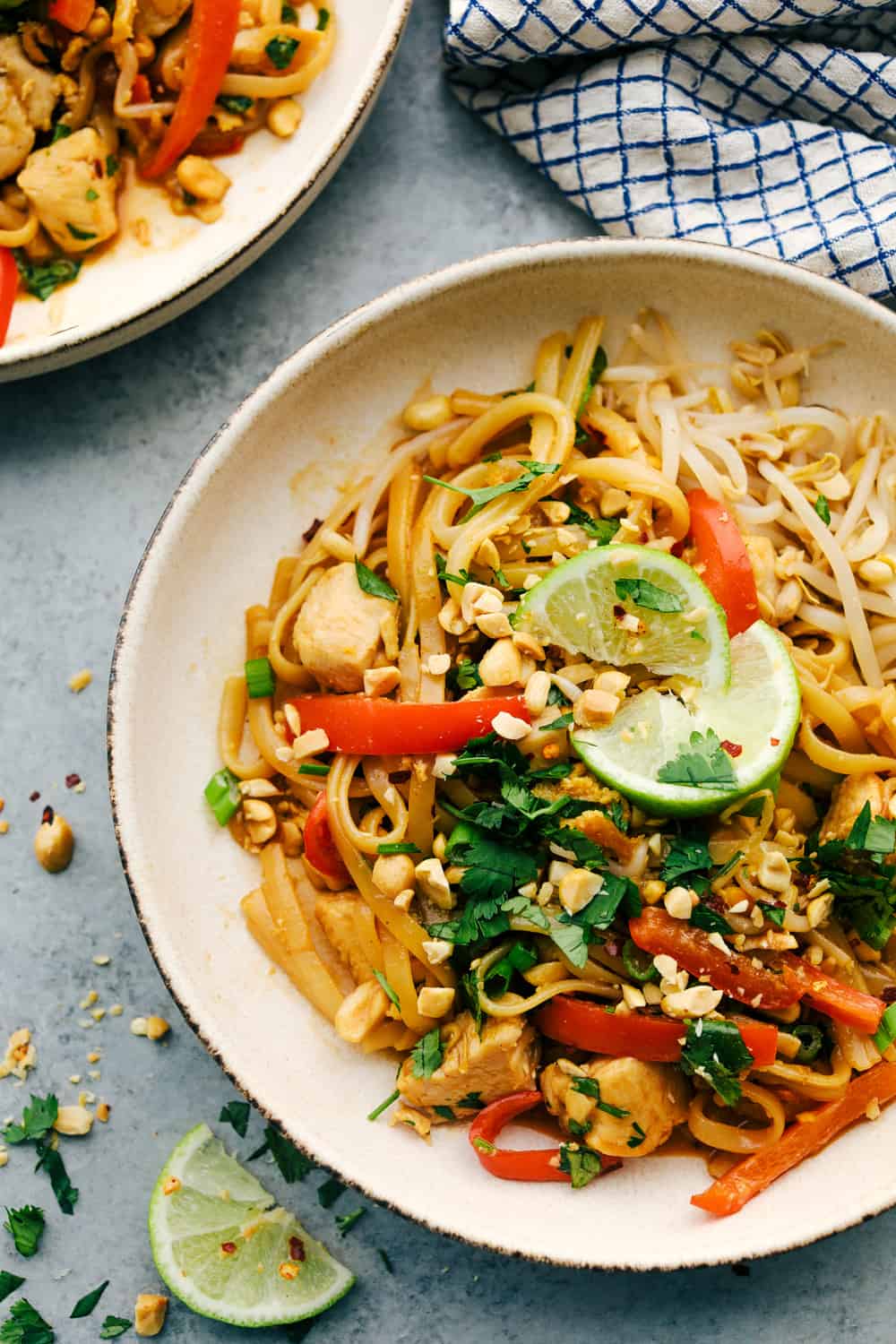


Easiest Pad Thai Recipe The Recipe Critic


Authentic Pad Thai Recipe Baan Thitiya Thai Cuisine



Pad Thai Please Pass The Recipe
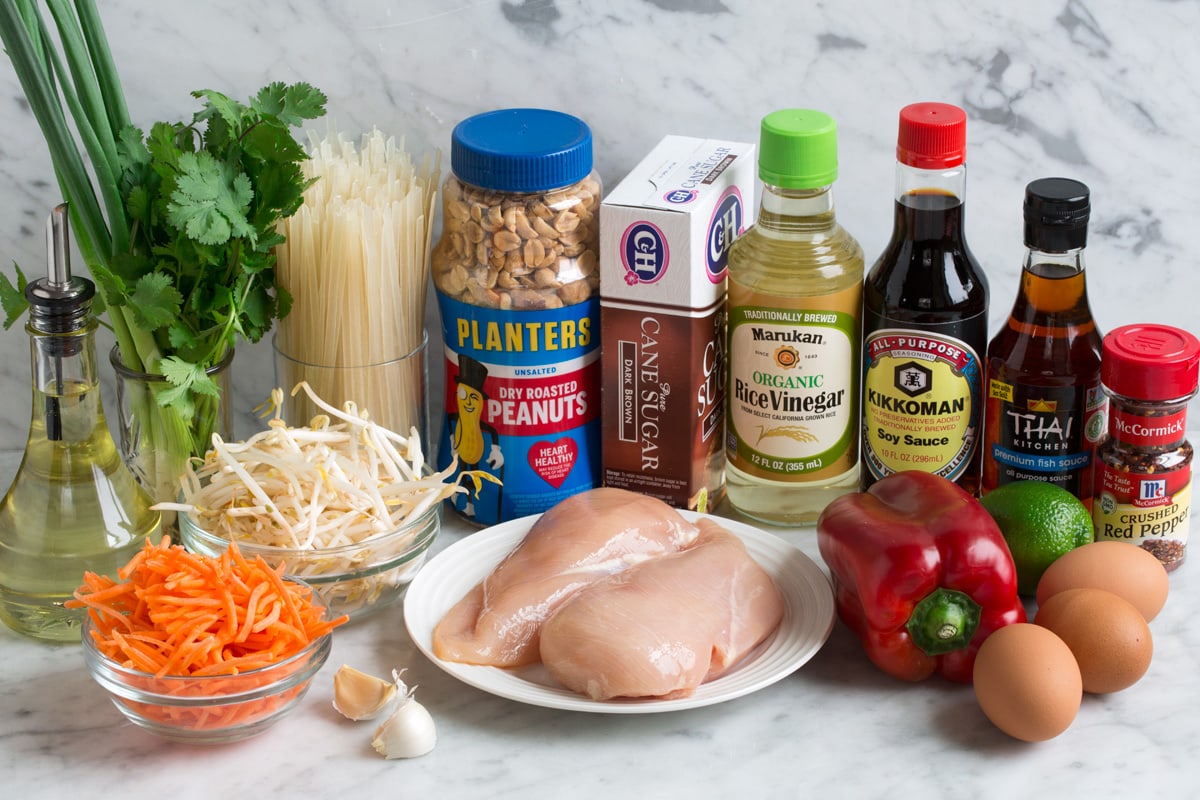


Pad Thai Recipe With Chicken Or Shrimp Cooking Classy



Pad Thai Ramen Soup



Lobo Pad Thai Paste 280 G Amazon Co Uk Grocery
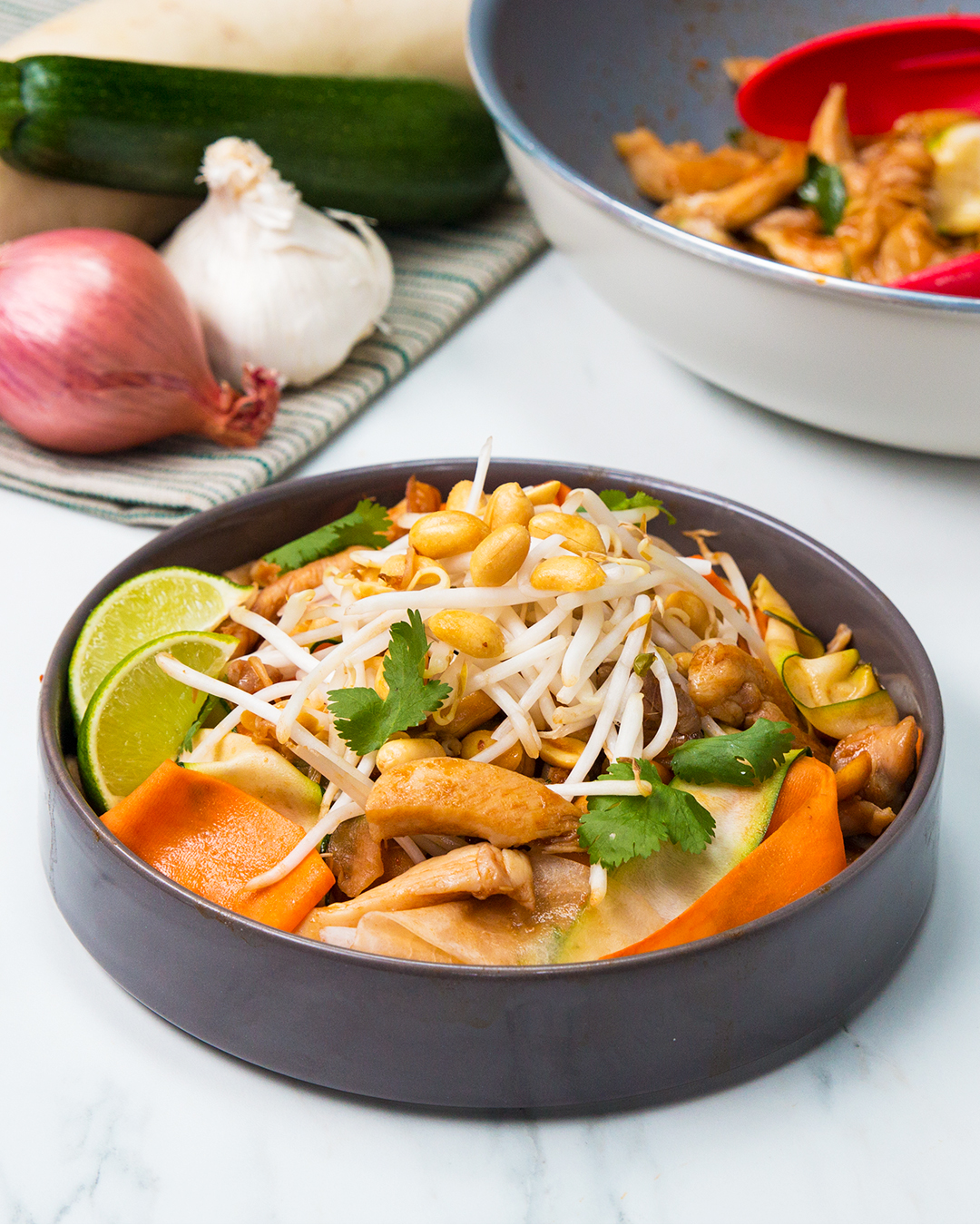


Low Carb Pad Thai Recipe By Tasty



Padthai Paste Thai Heritage



Pad Thai Recipe ผ ดไทย Part Four Pad Thai Sauce Shesimmers



Pick Up Limes Speedy Vegan Pad Thai



The Grains Of Paradise Vegan Pad Thai



Chicken Pad Thai No Tamarind Iowa Girl Eats



Pad Thai David Lebovitz


Pad Thai Gimme Some Oven


Pad Thai Savored Grace
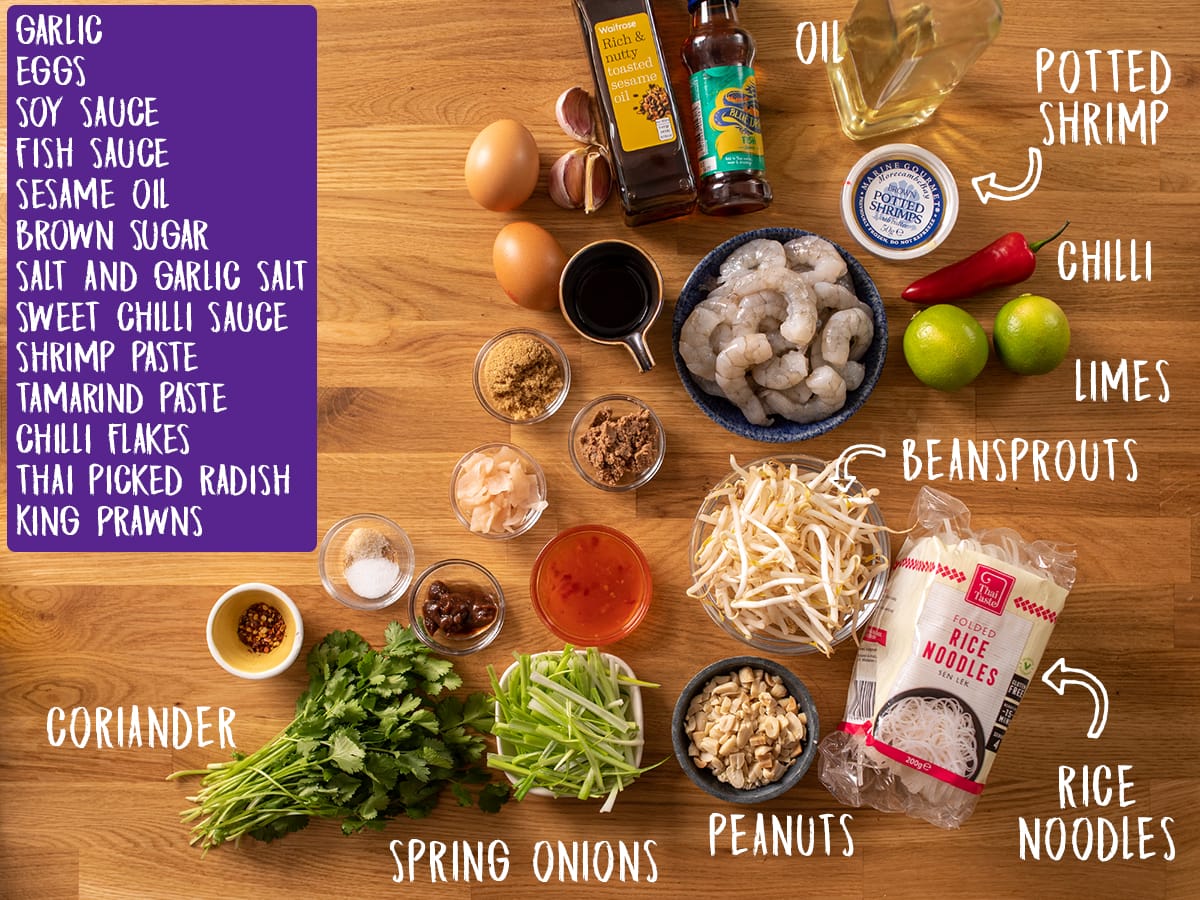


Pad Thai Nicky S Kitchen Sanctuary
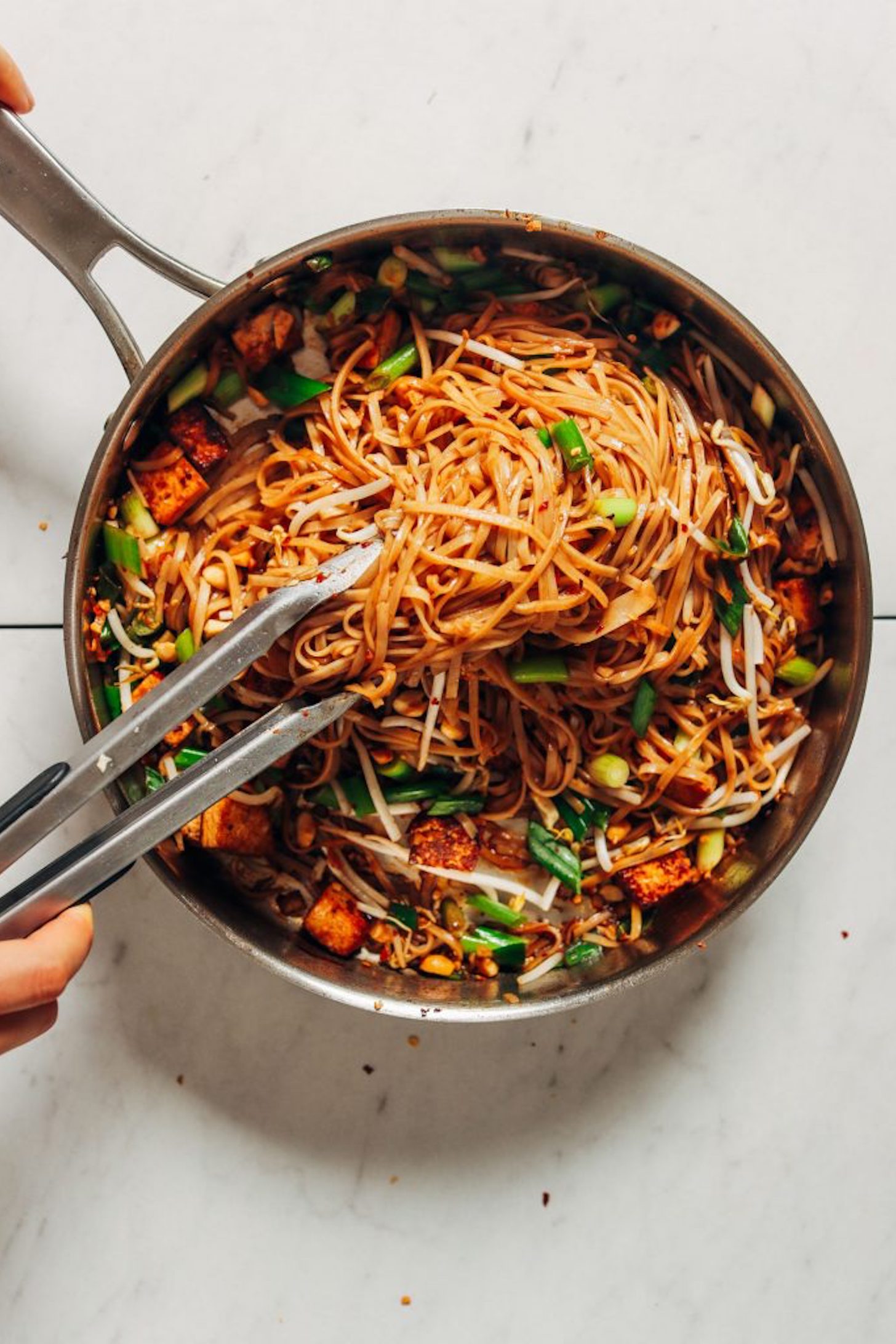


Easy Tofu Pad Thai Vegan Minimalist Baker Recipes



Wild Mushroom Pad Thai Recipe Phoebe Lapine Food Wine



Easy Vegan Pad Thai Gluten Free Allergy Free Nut Free Soy Free
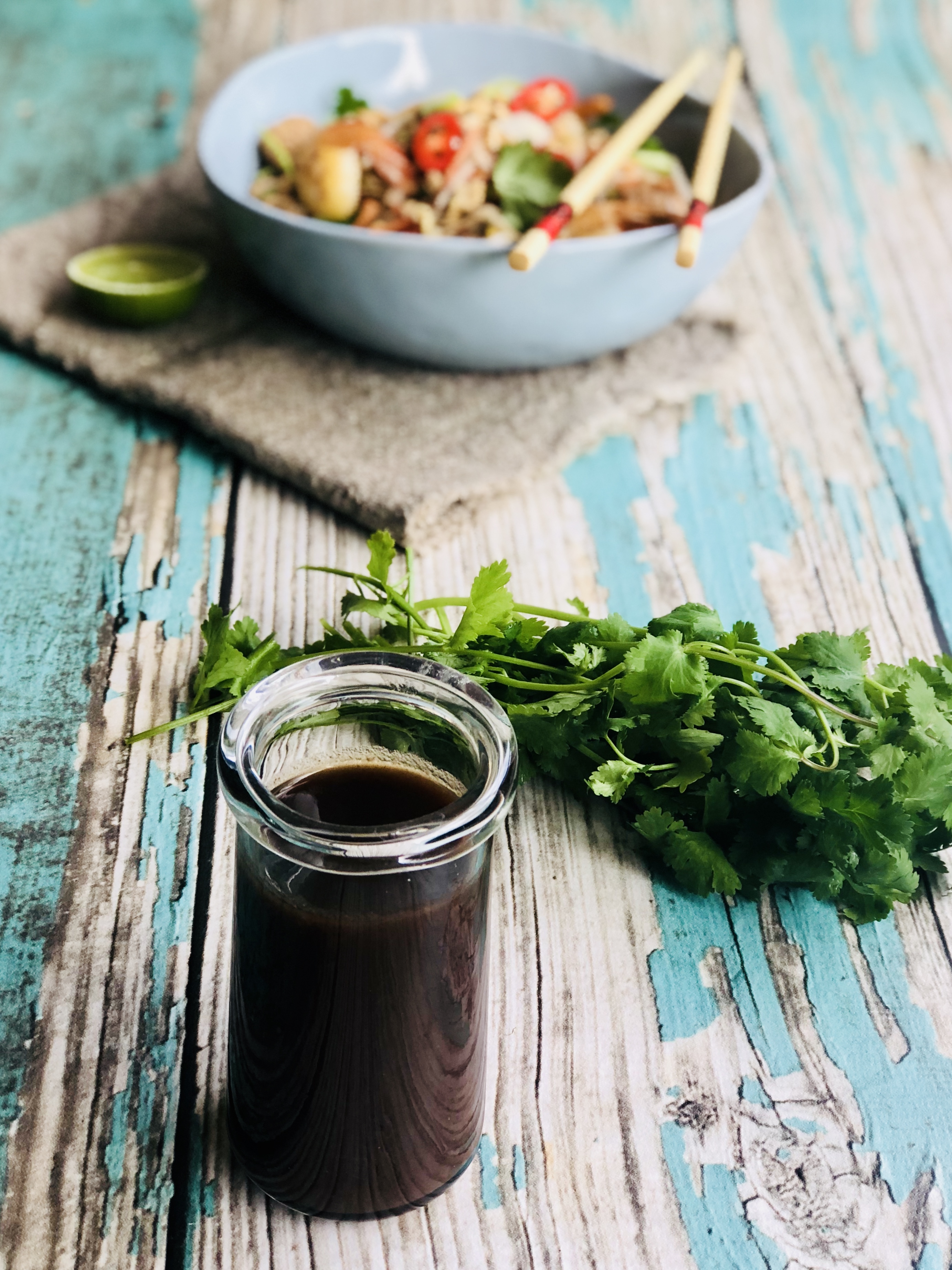


Thermomix Recipe Pad Thai Sauce Tenina Com
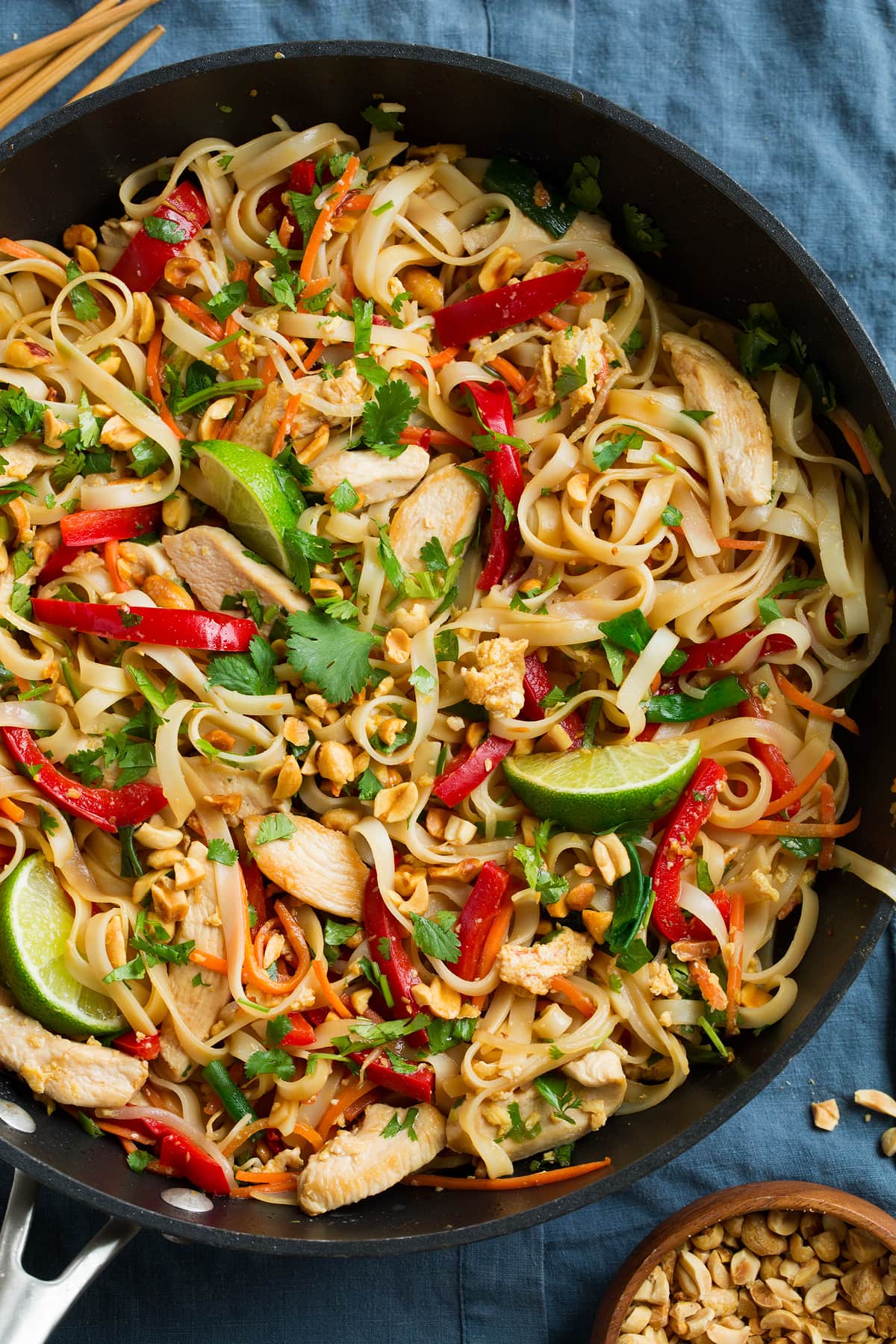


Pad Thai Recipe With Chicken Or Shrimp Cooking Classy


Pad Thai The Sisters Kitchen



5 Packs Tamarind Paste Sour Taste For Tomyum Kung Somtum Padthai Food Dishes For Sale Online Ebay



Shrimp And Tofu Pad Thai Food Comas



Authentic Pad Thai Rice Noodles Shrimp Tamarind Sauce
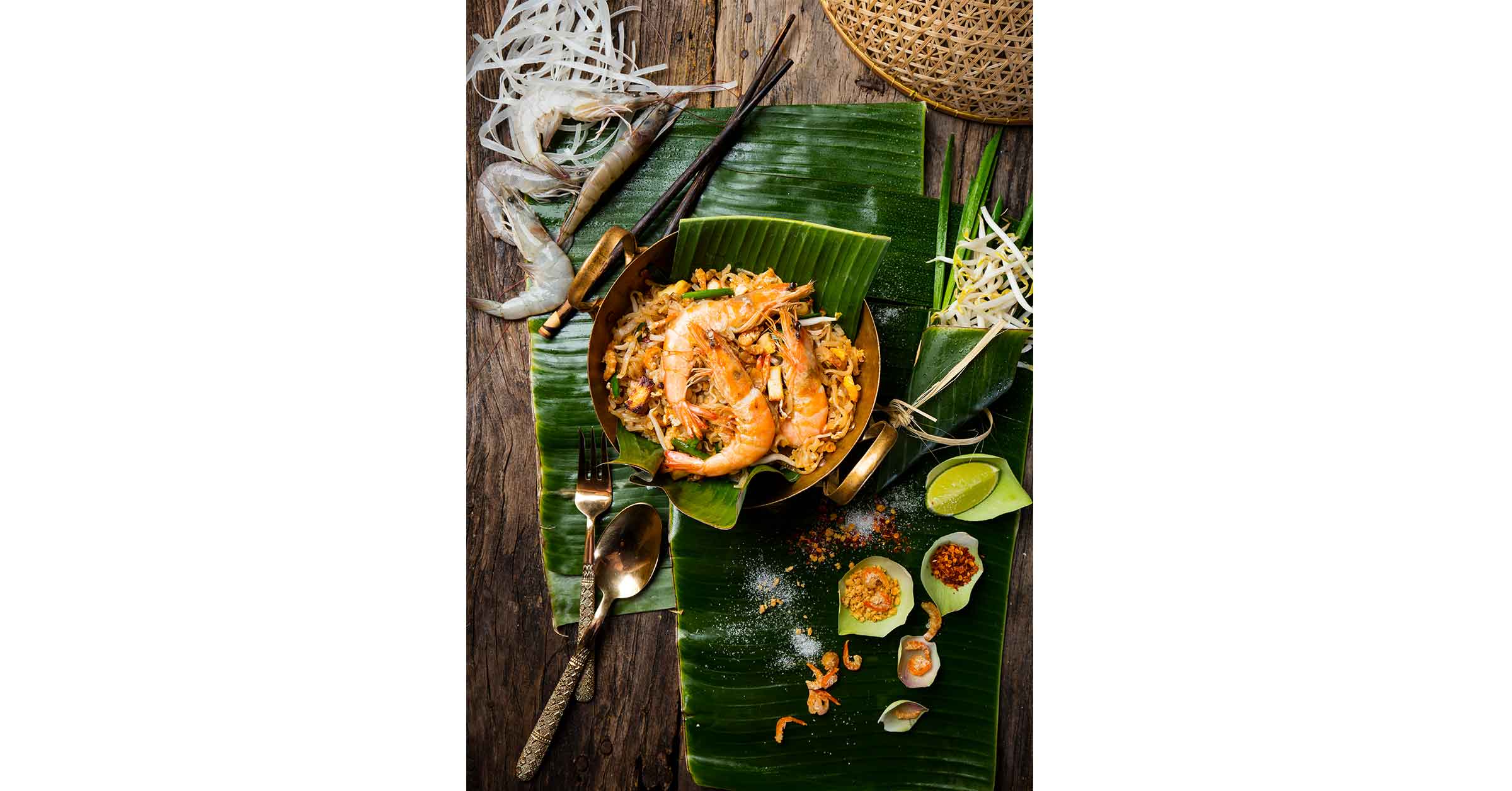


Phad Thai The Authentic Recipe Hungry For More
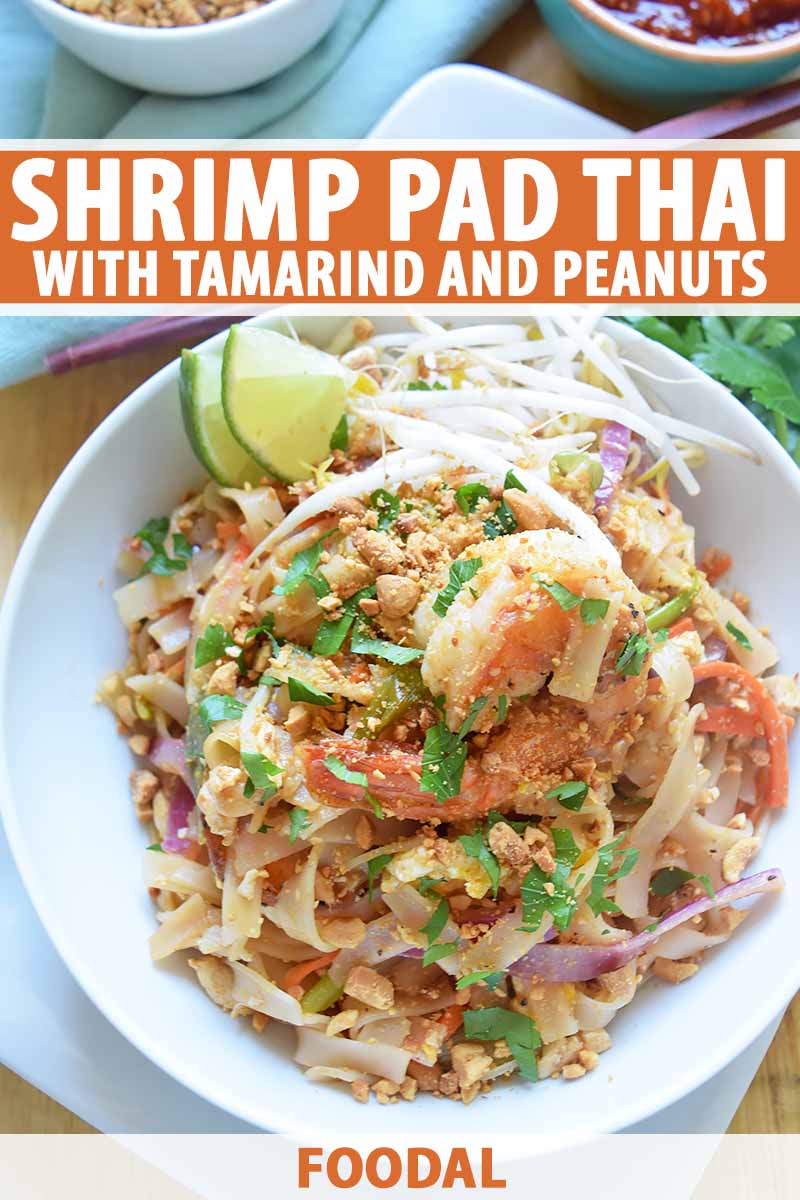


Shrimp Pad Thai Recipe With Tamarind And Peanuts Foodal



Pad Thai Jay With Yellow Tofu Vegan Miam


Pantai Pad Thai Bundle Save 161 Shopee Philippines


